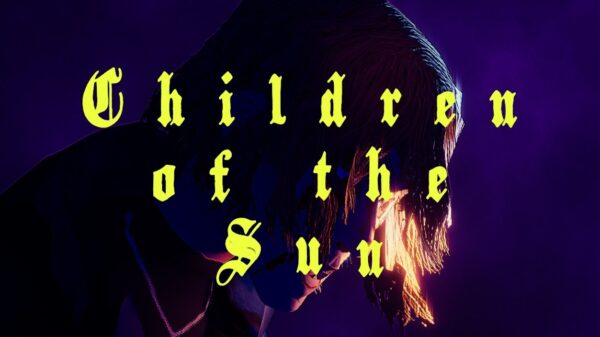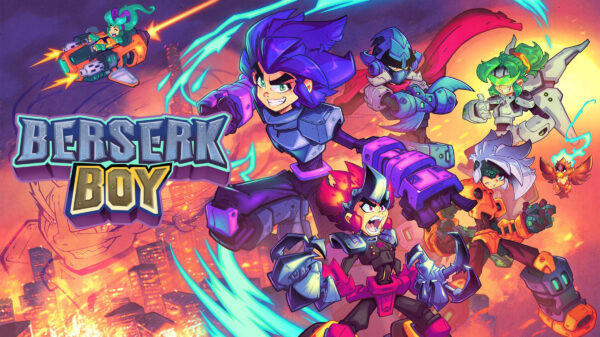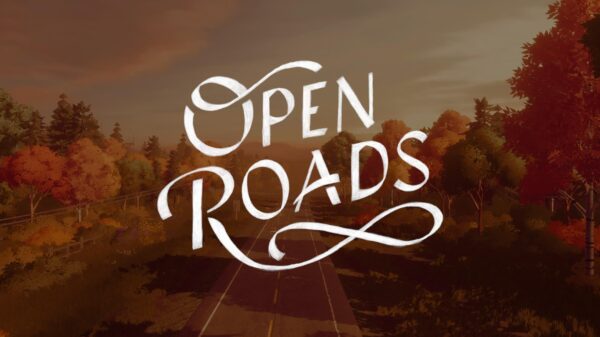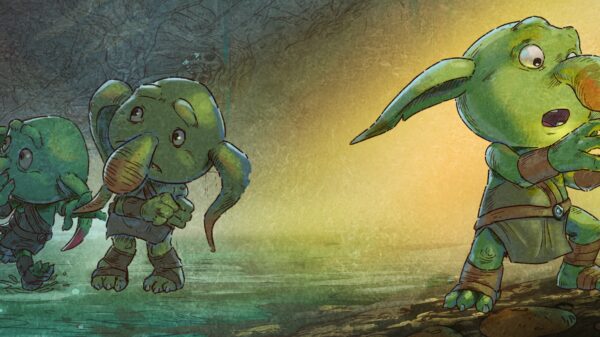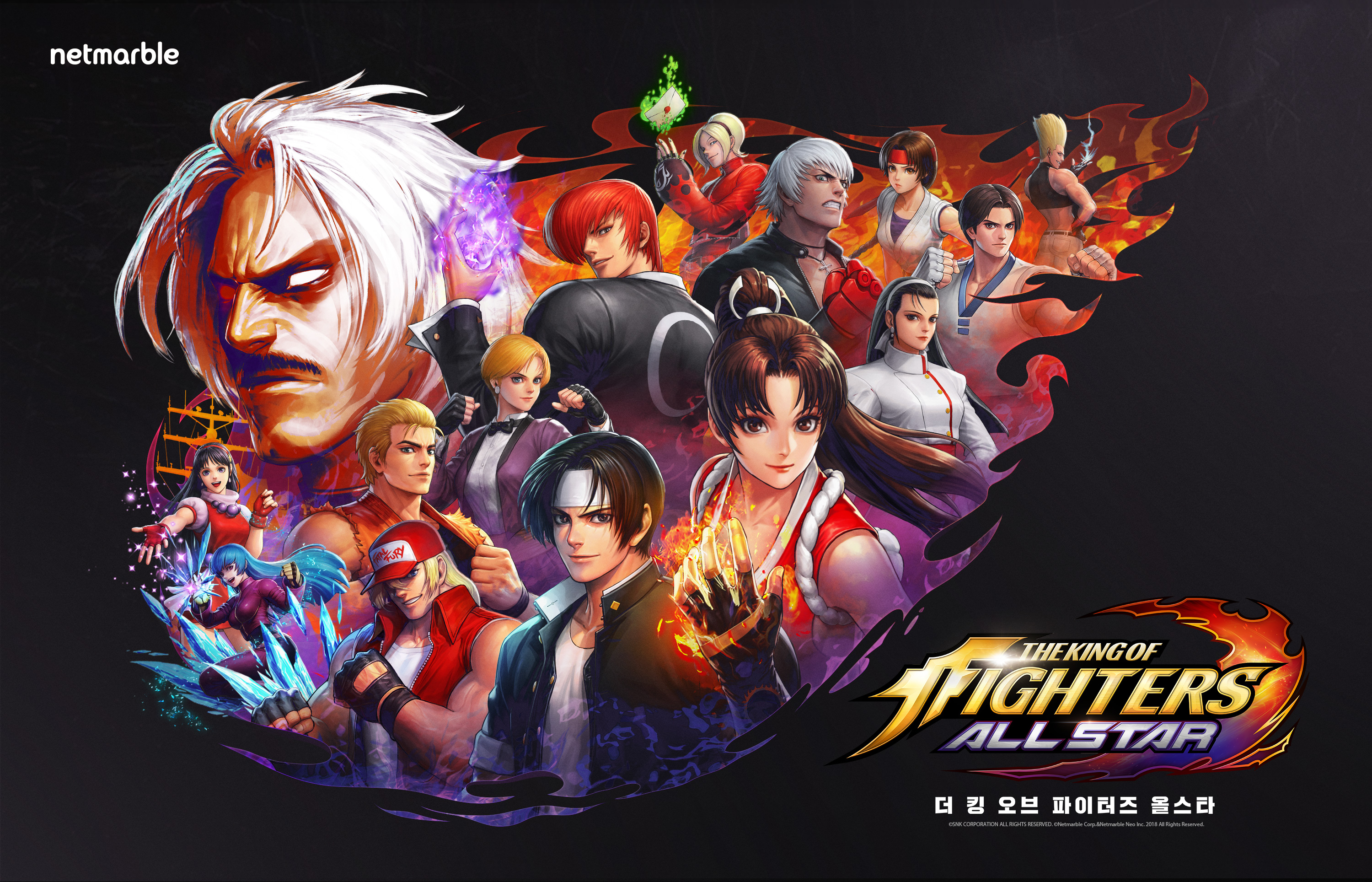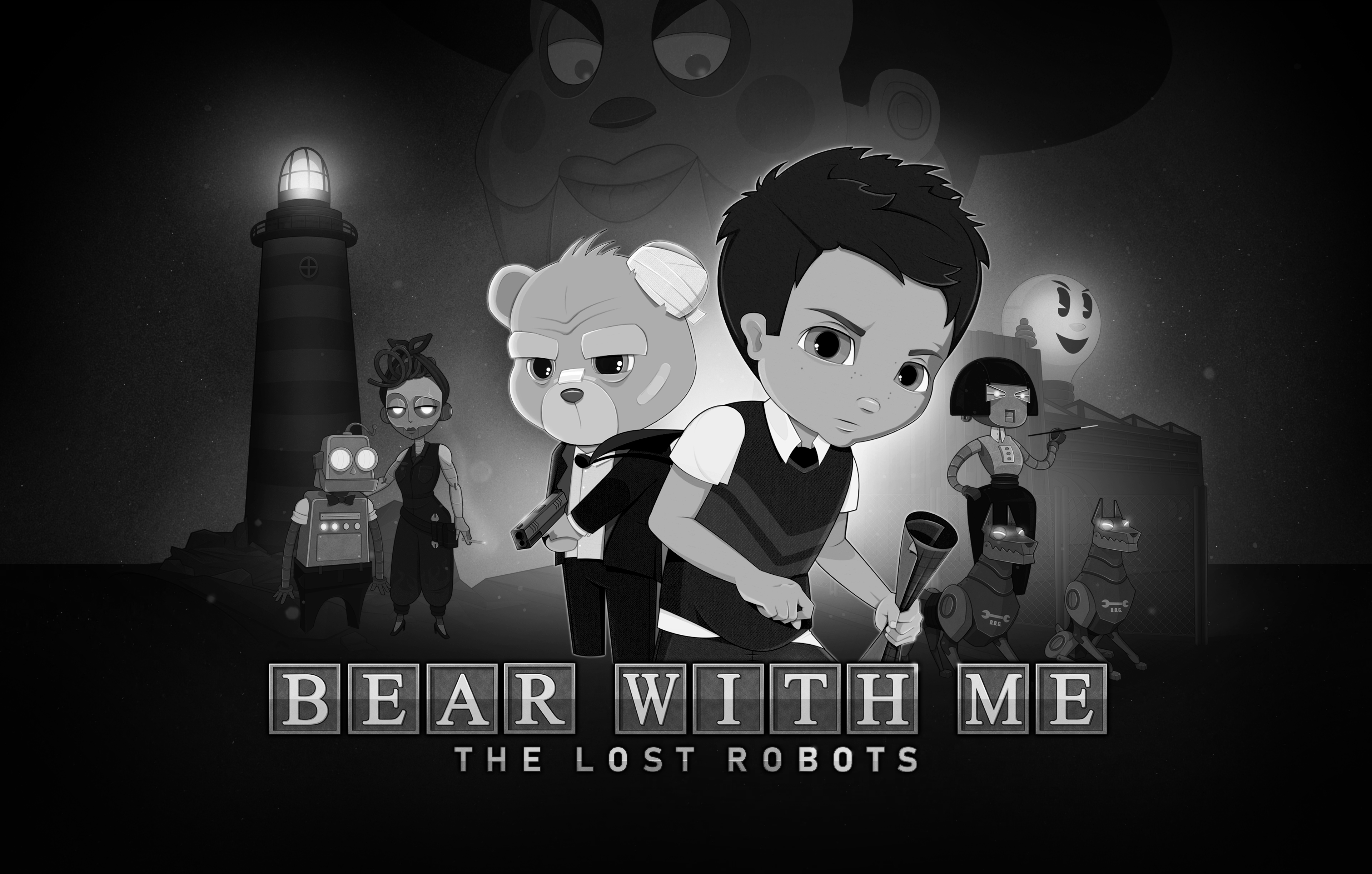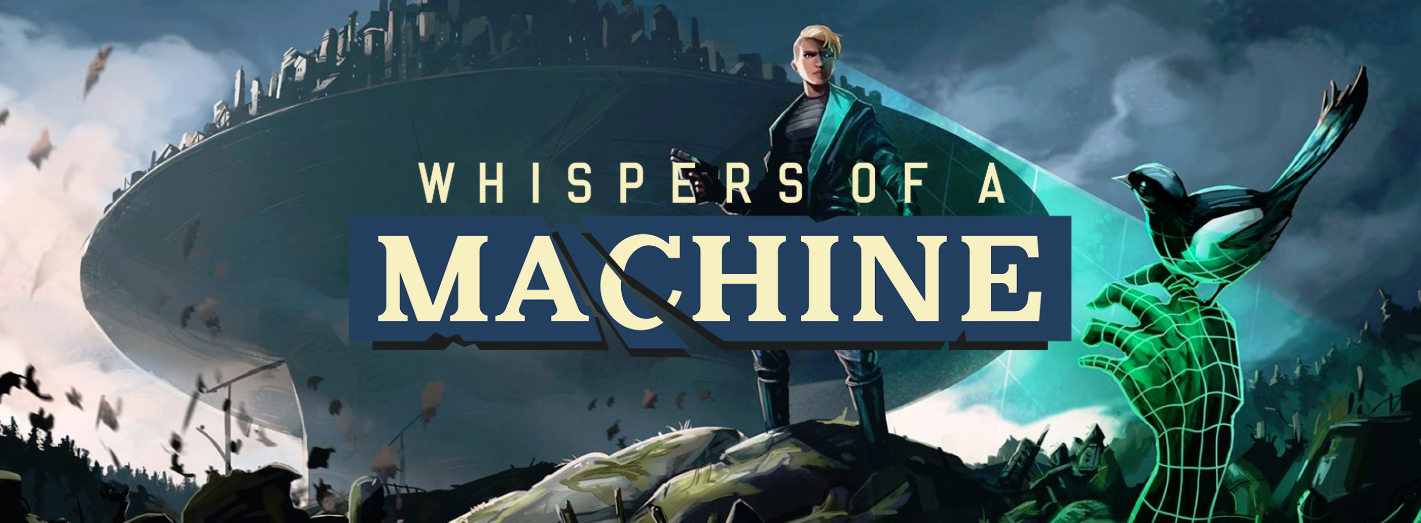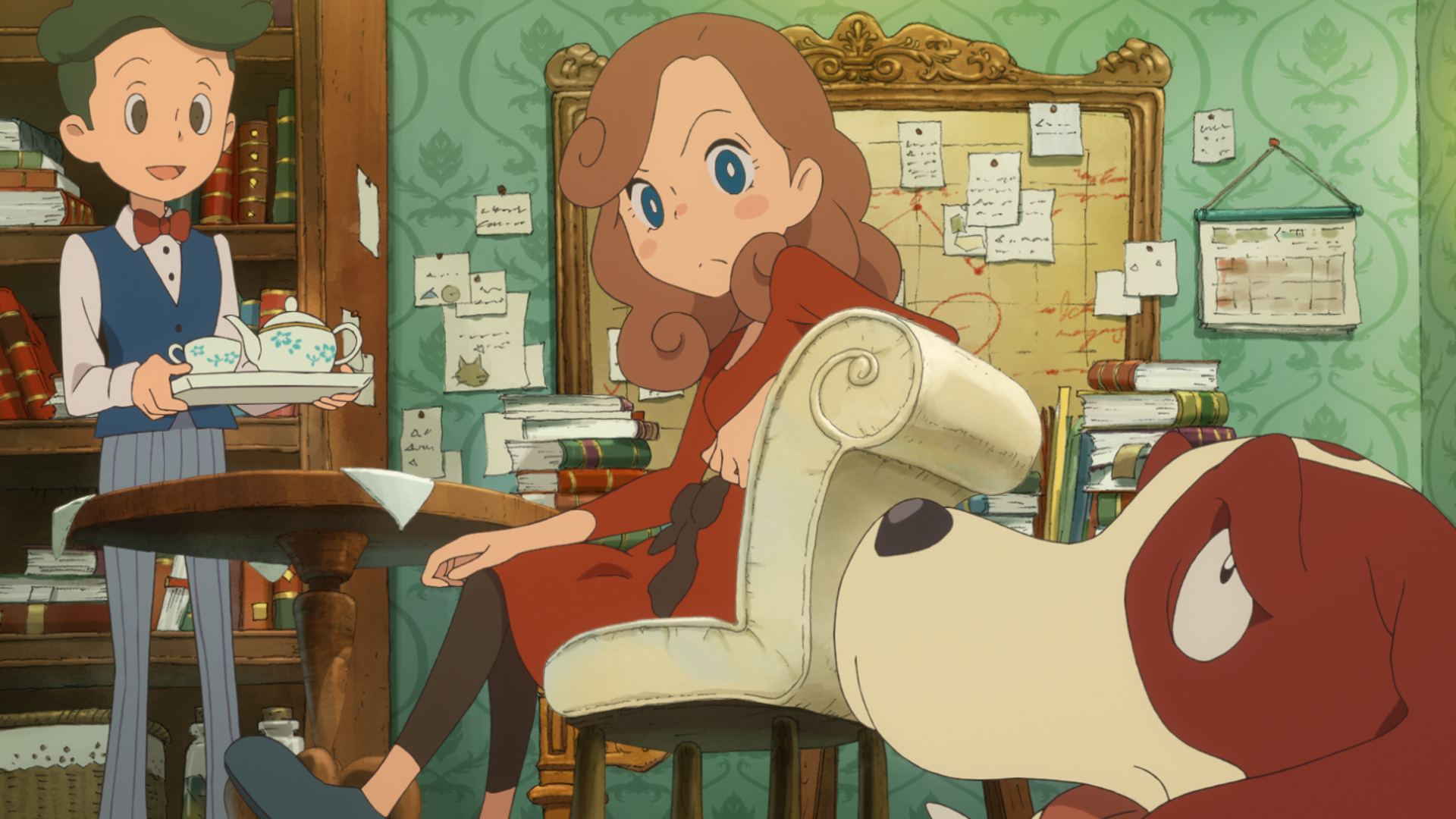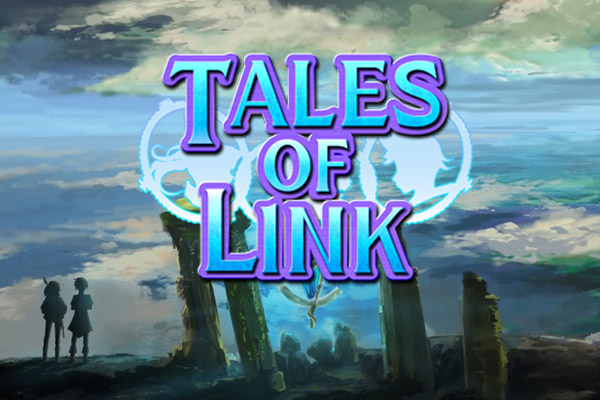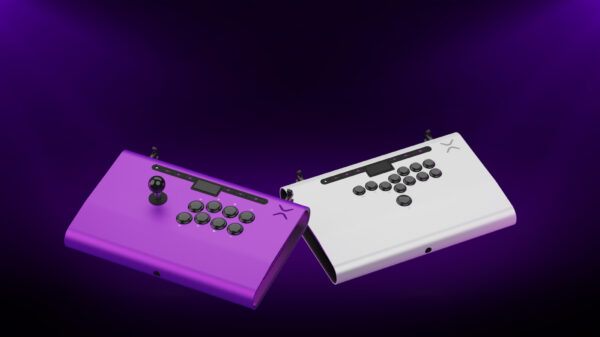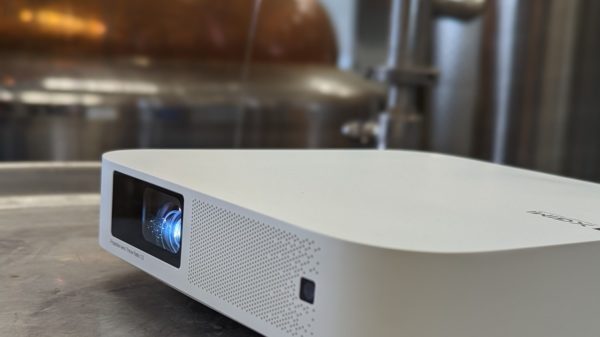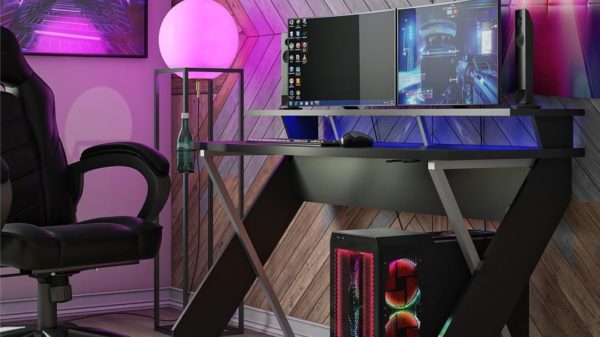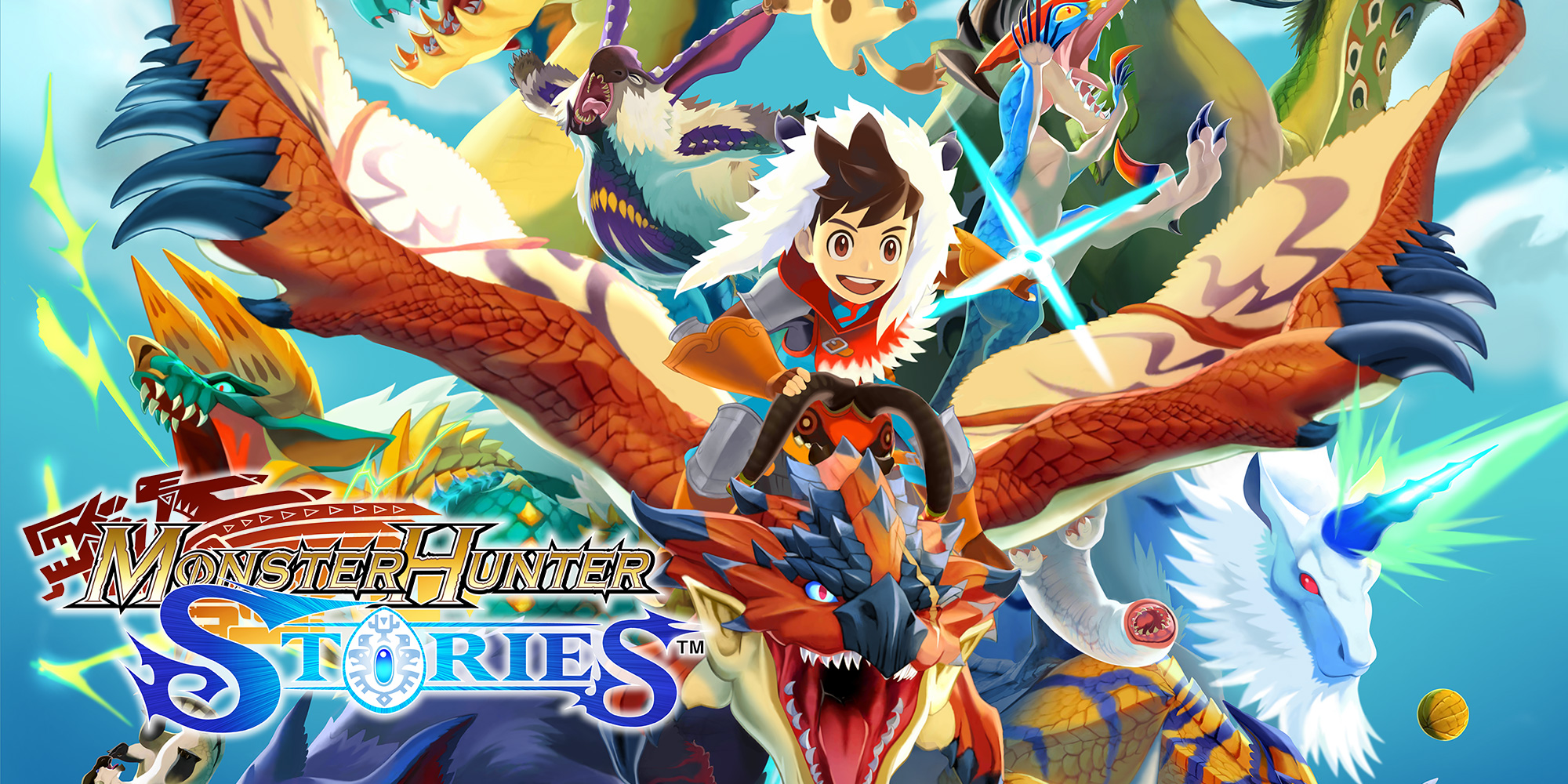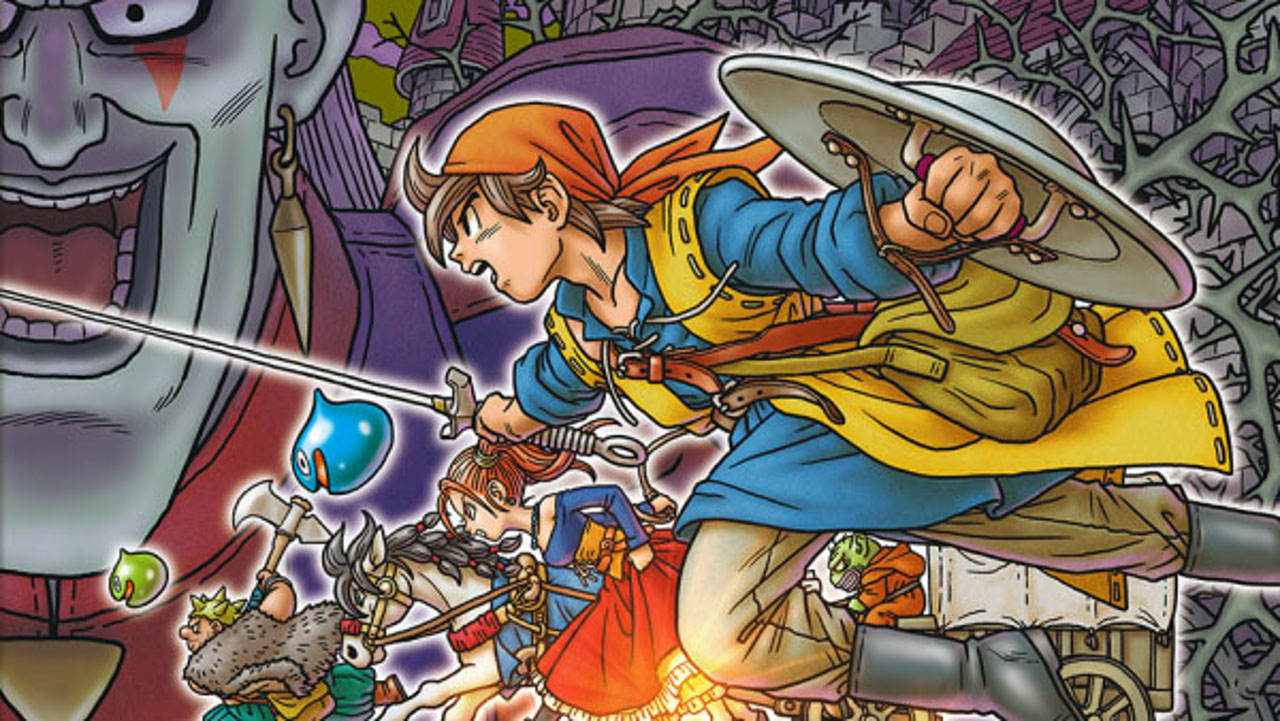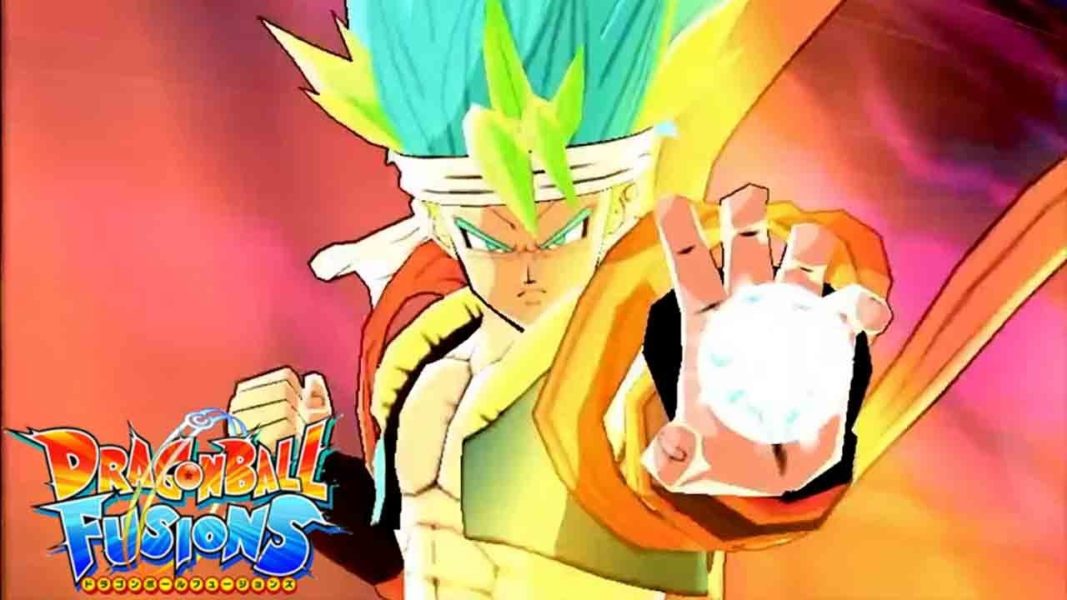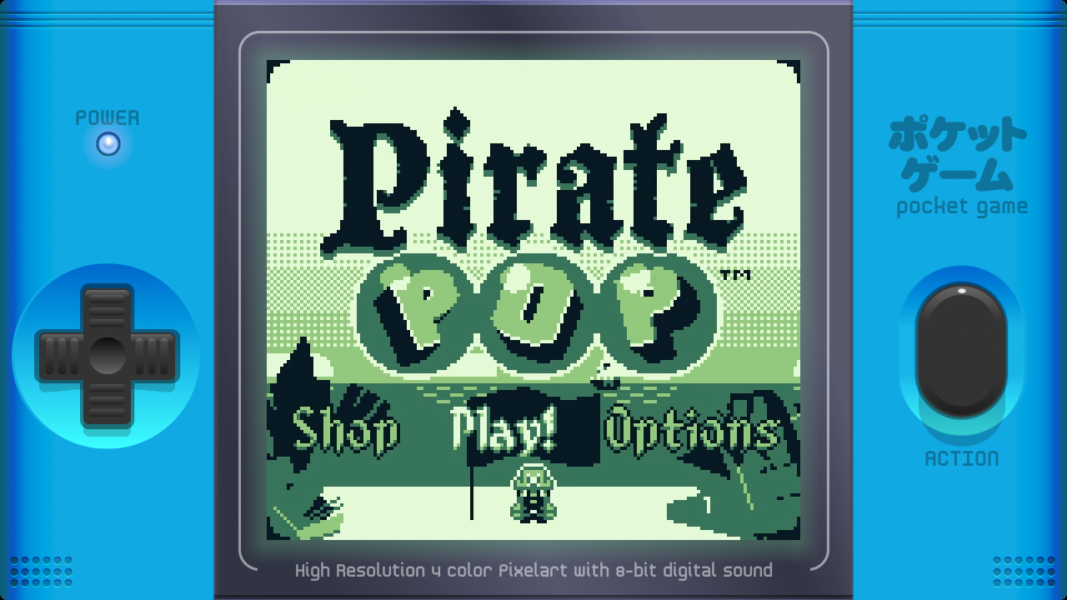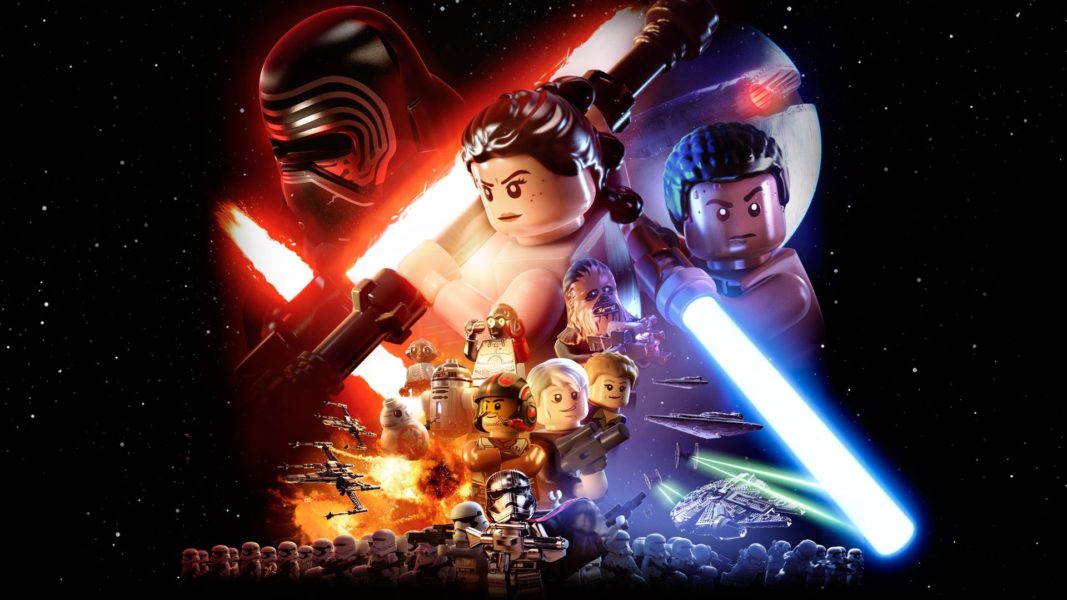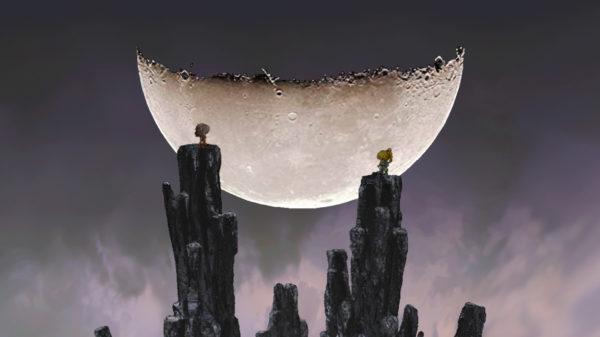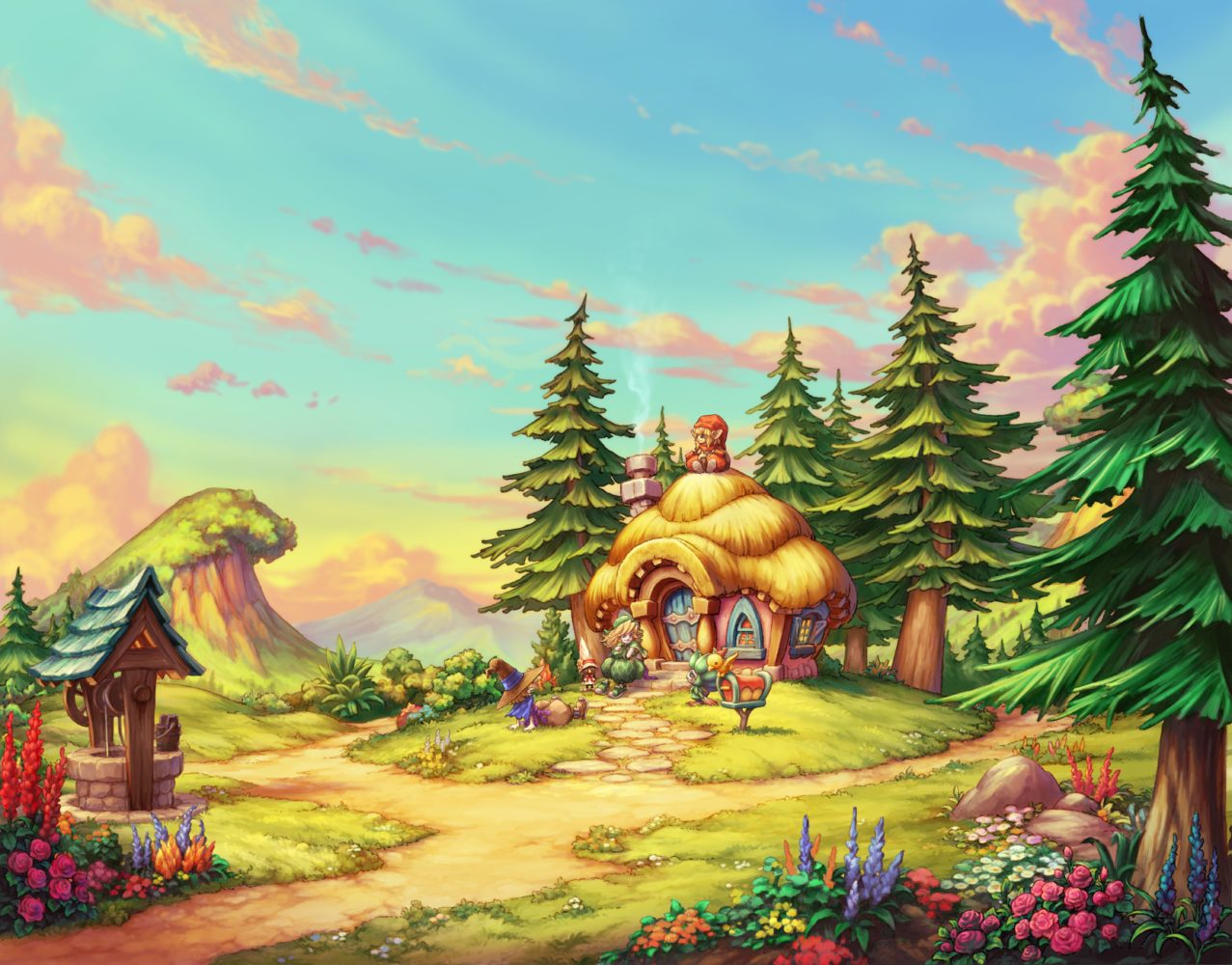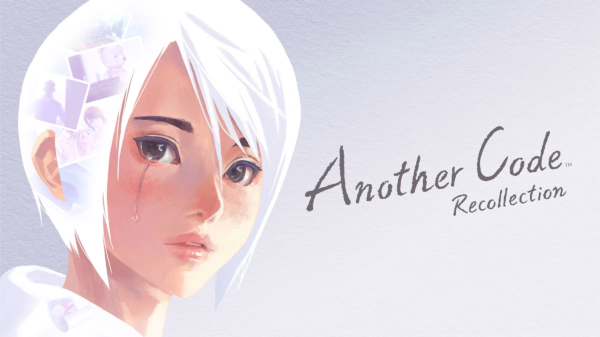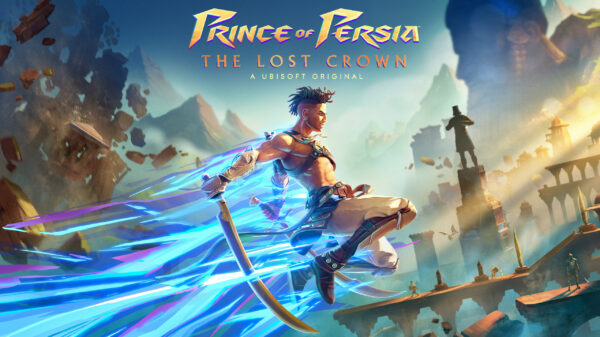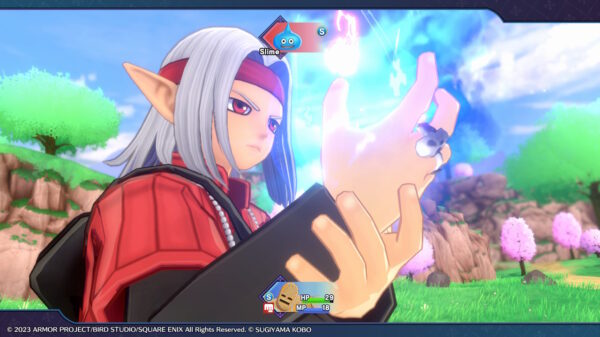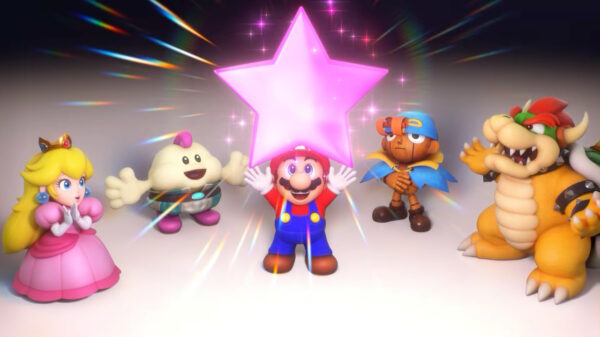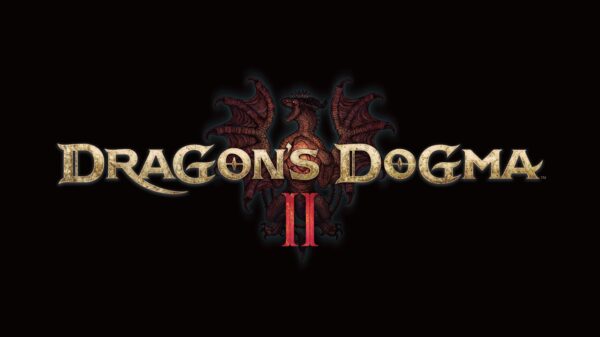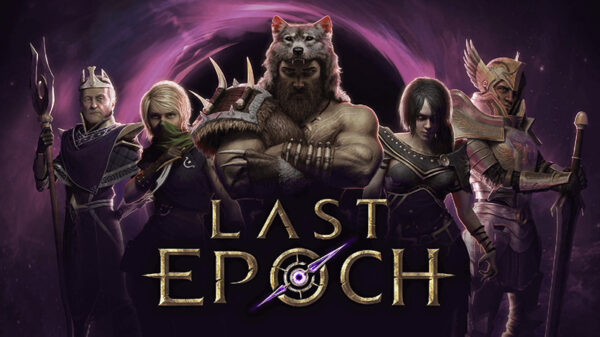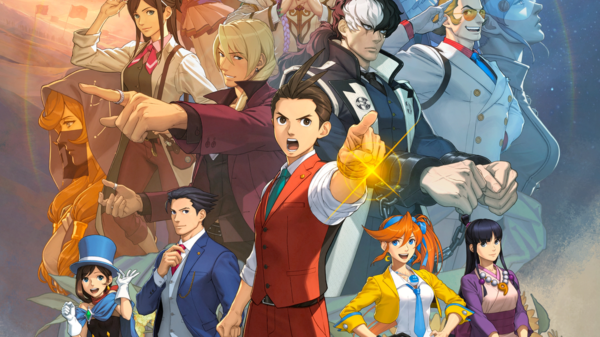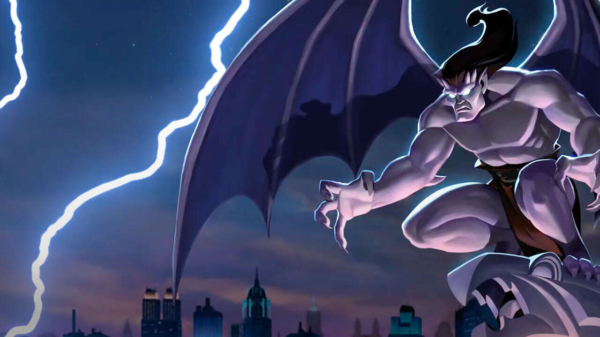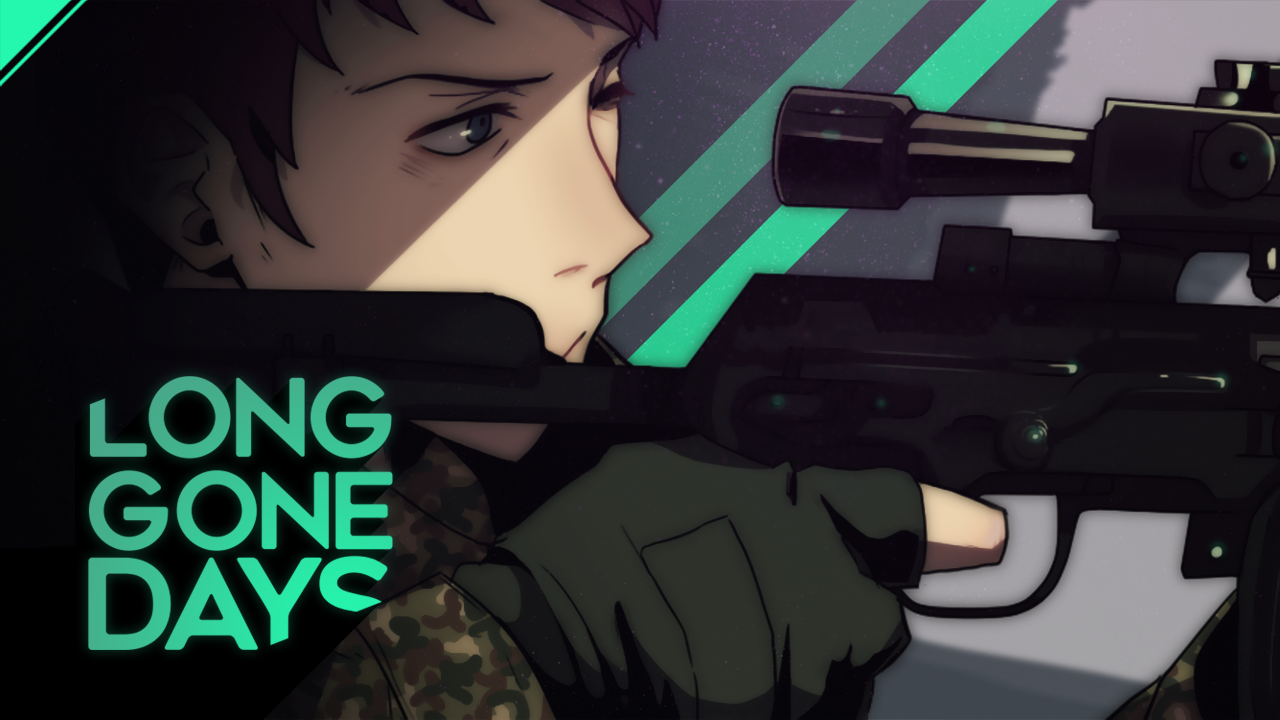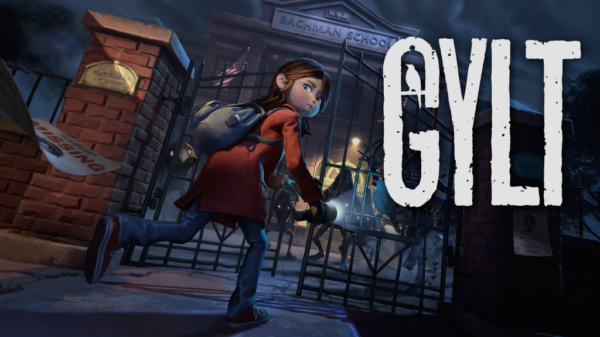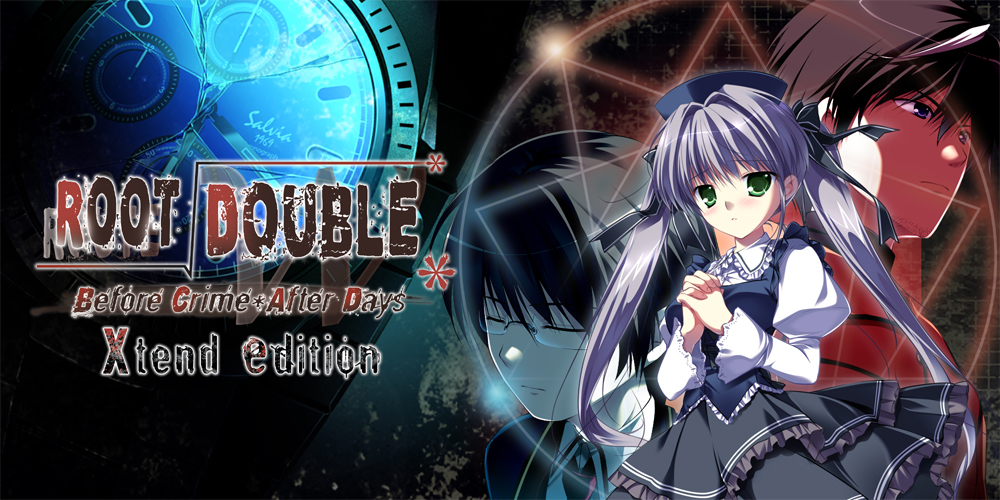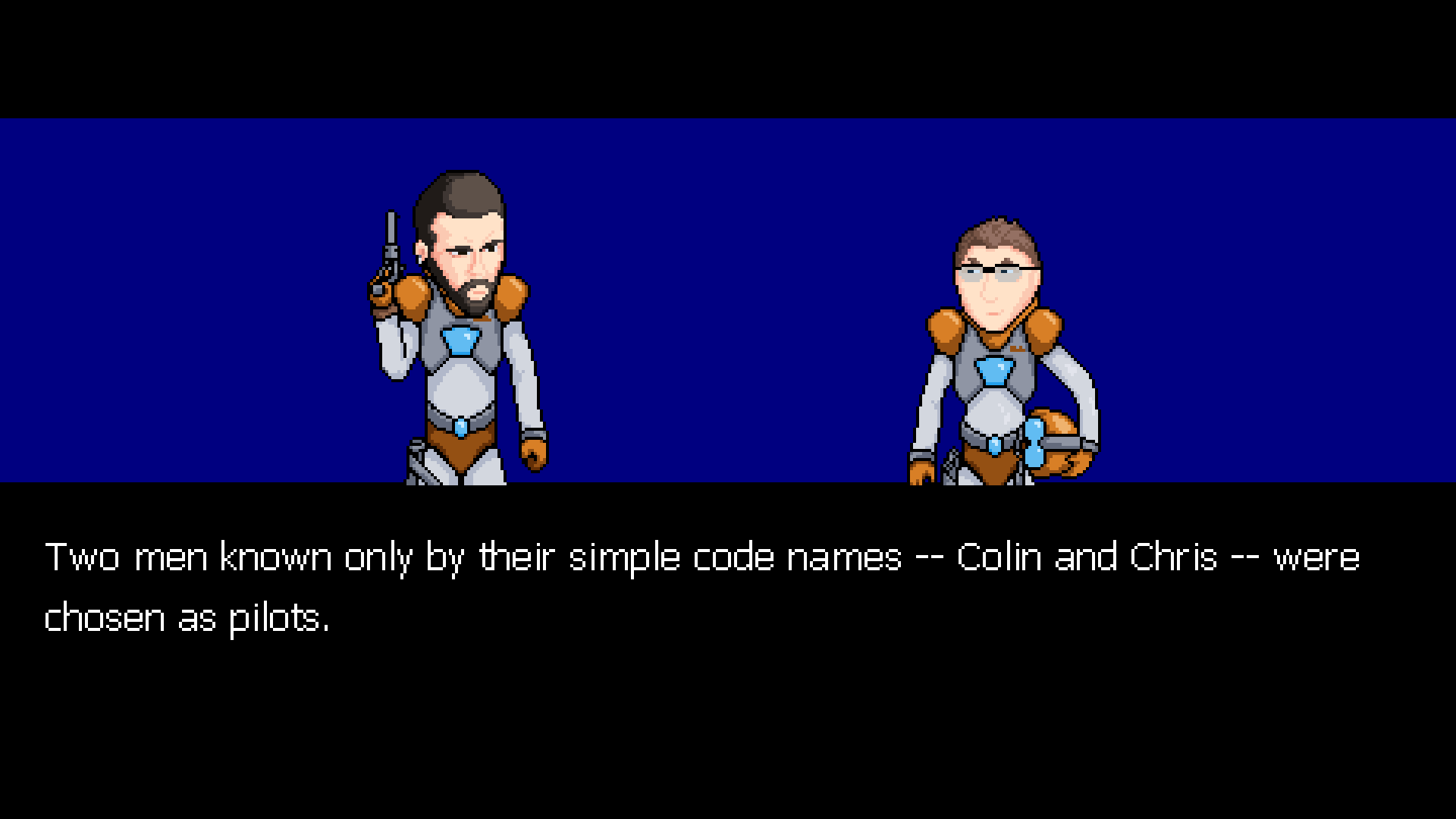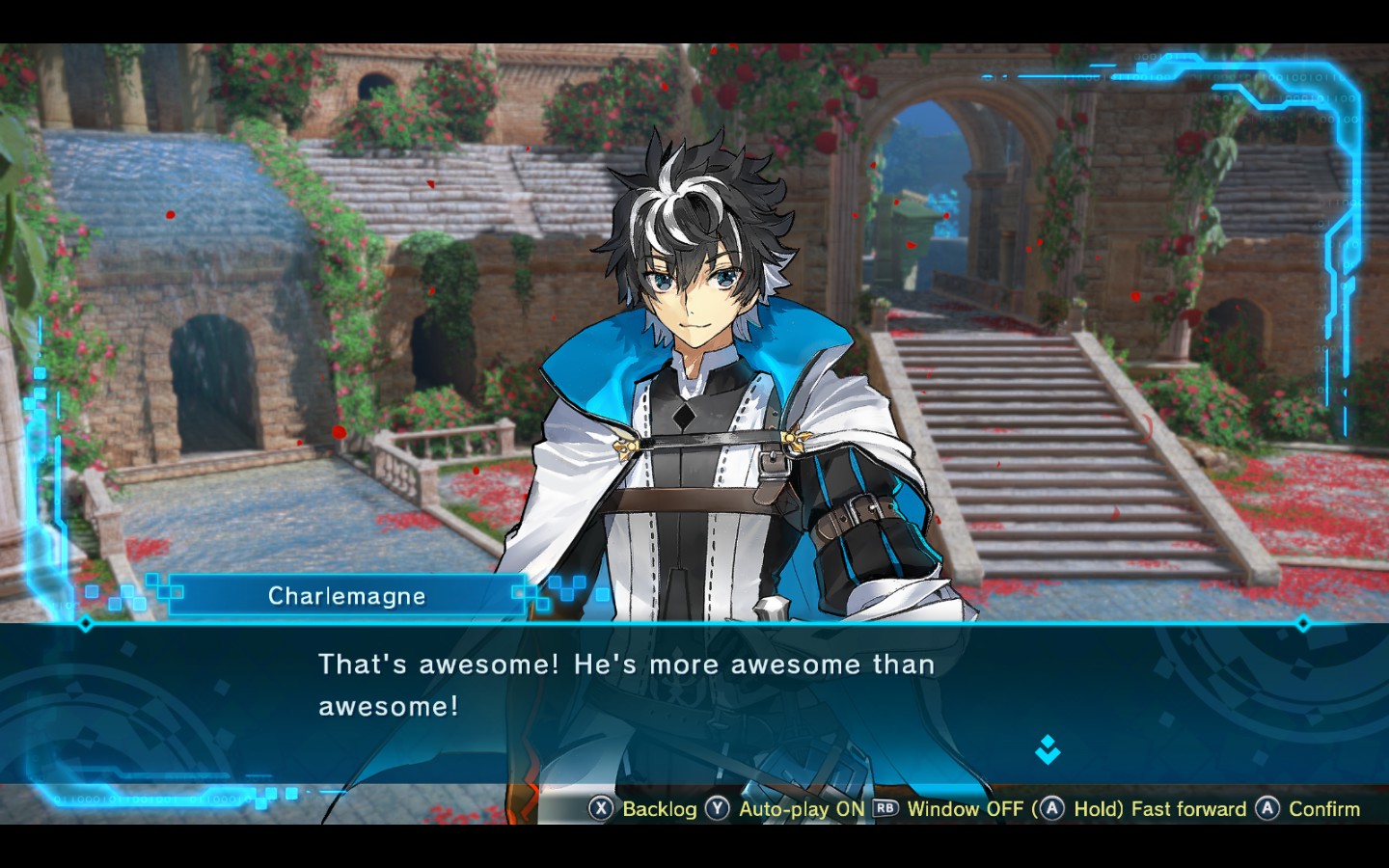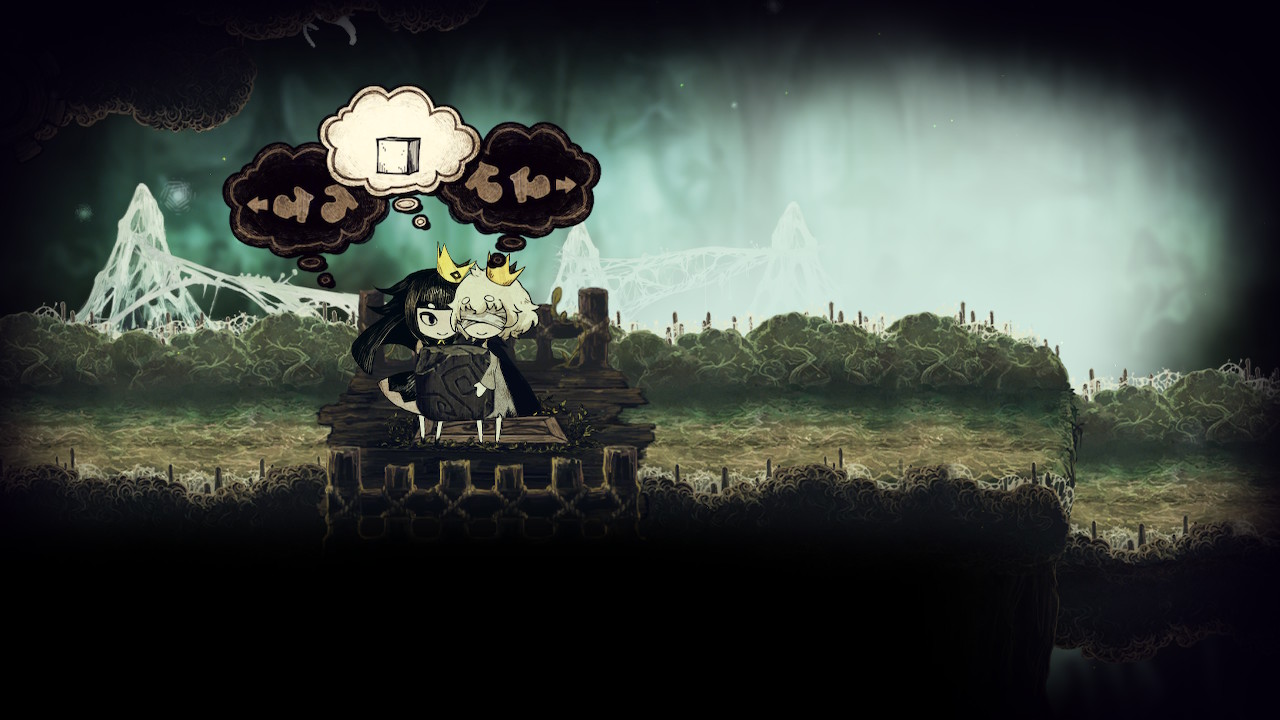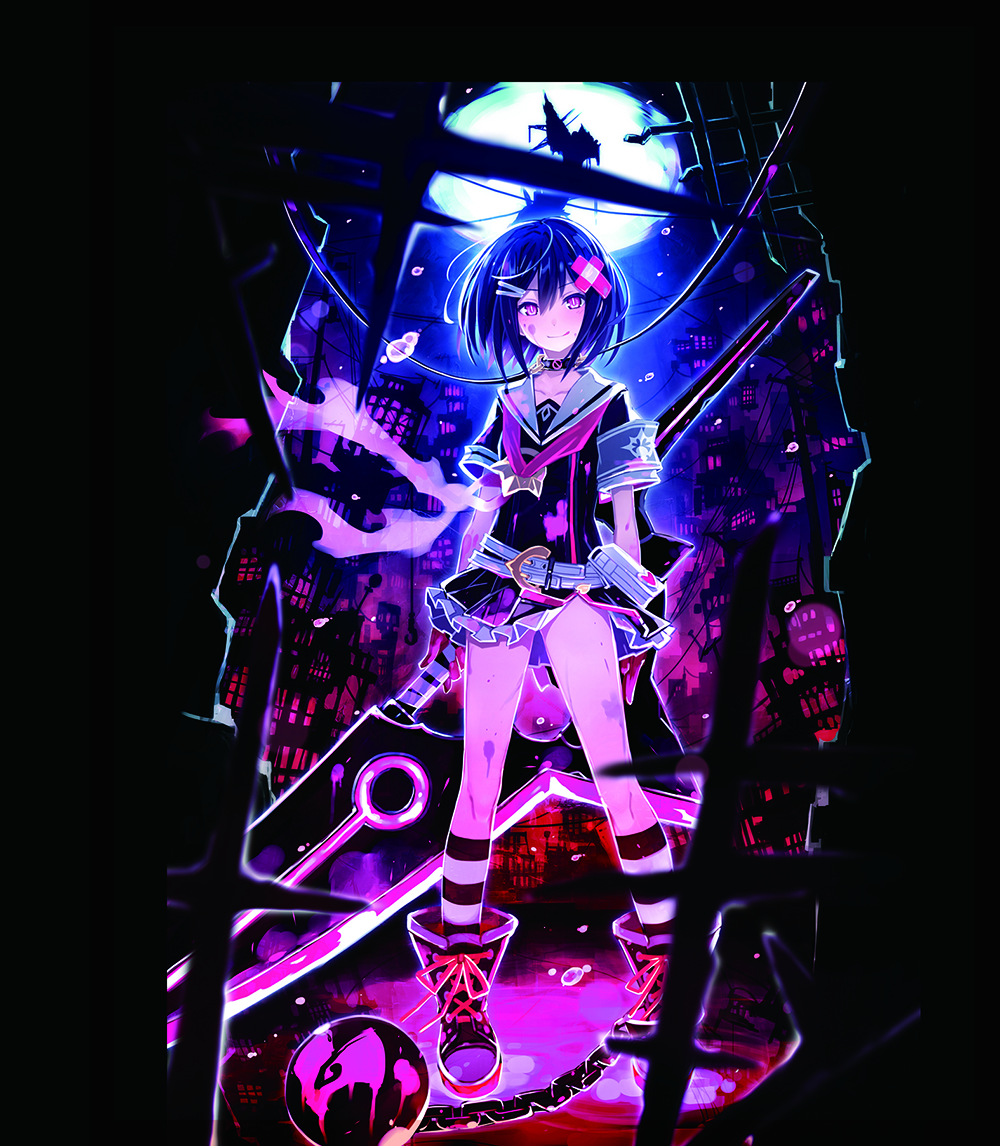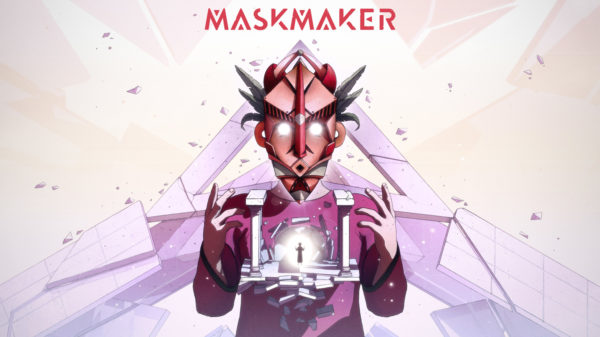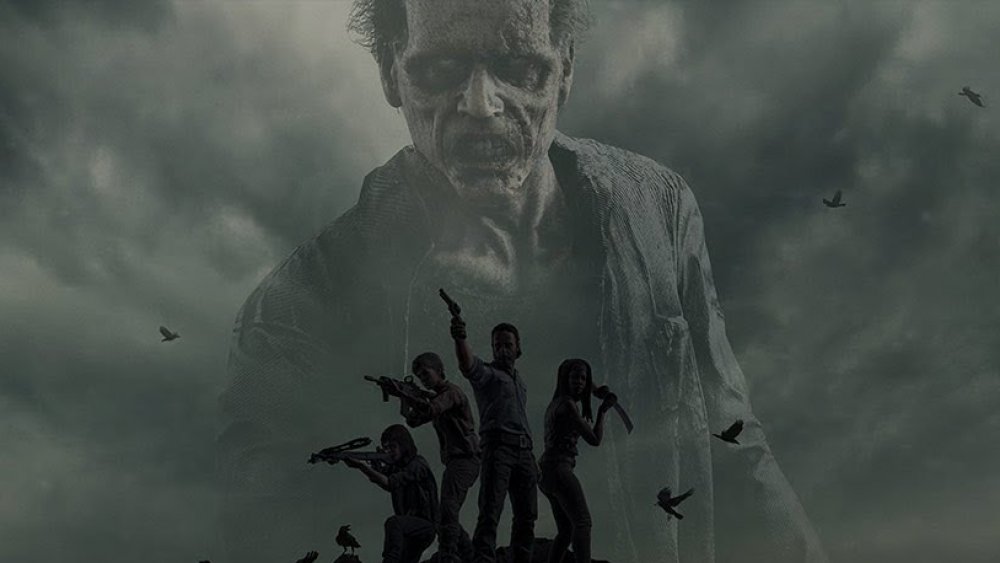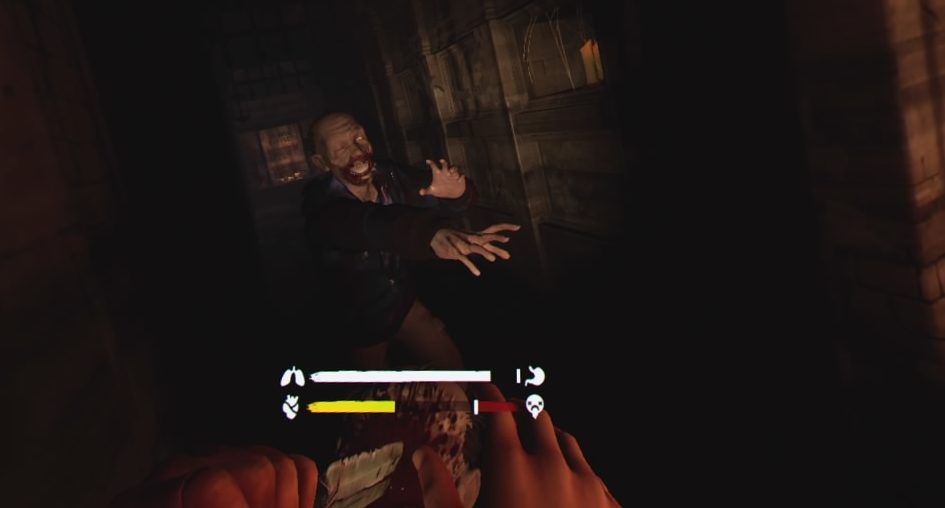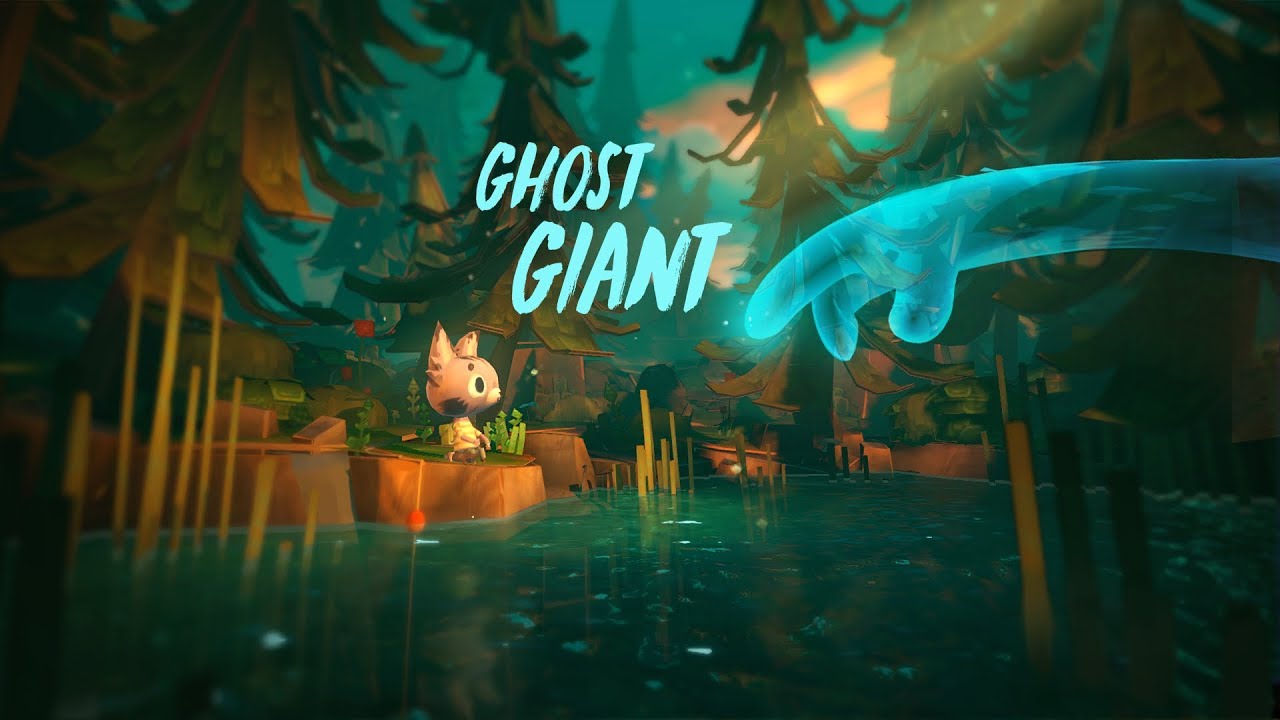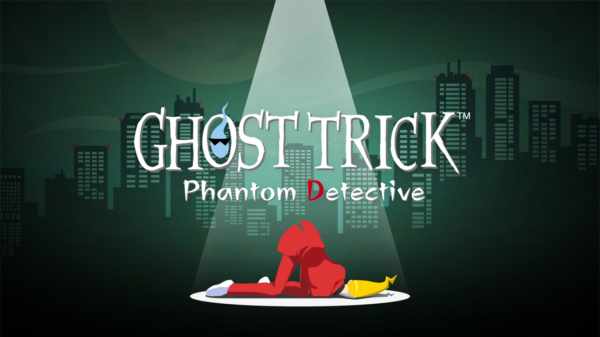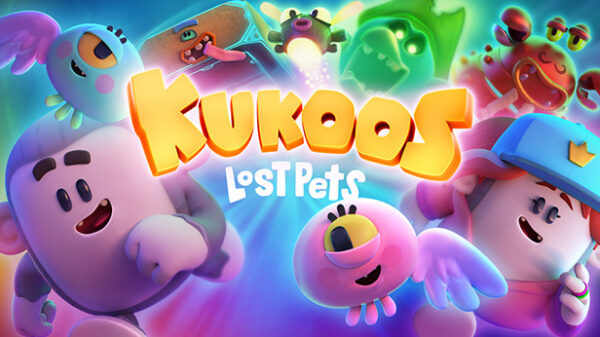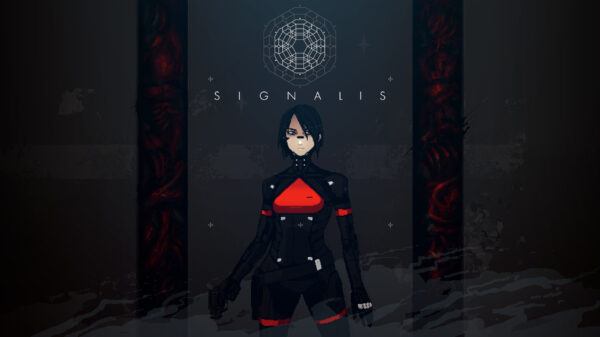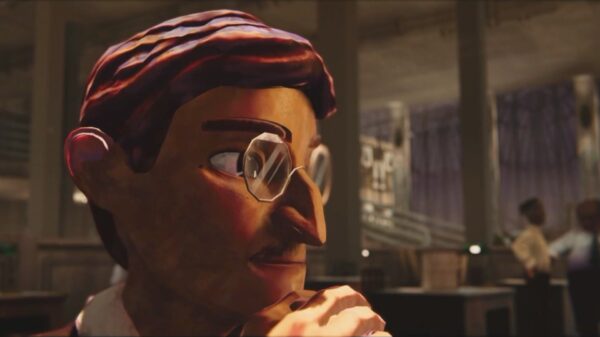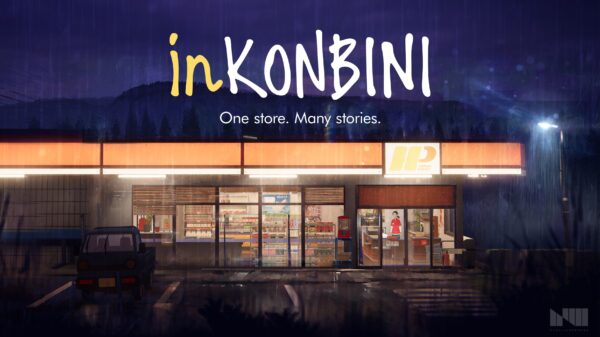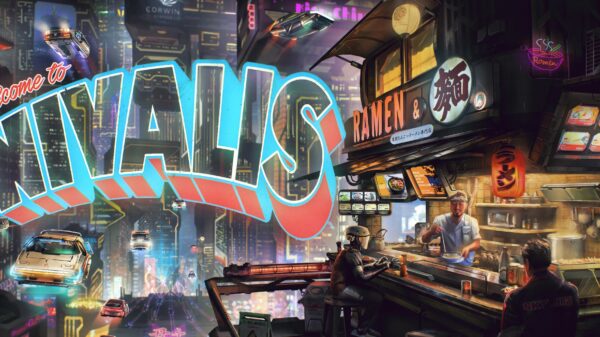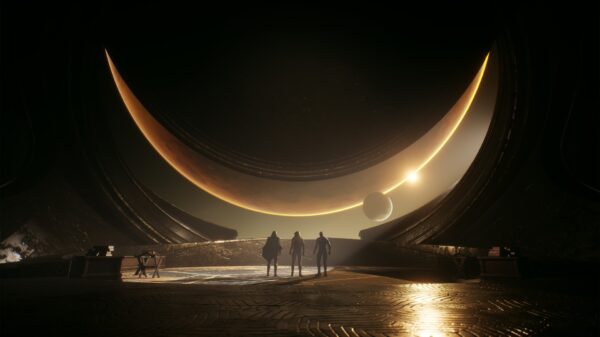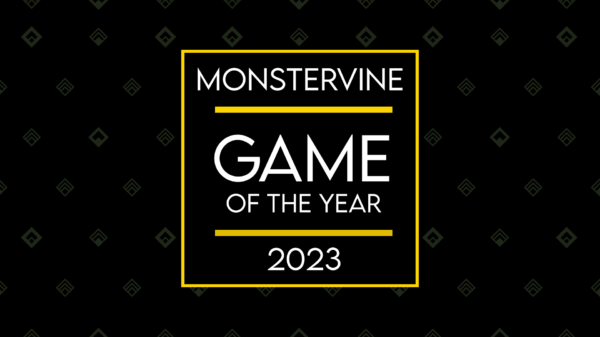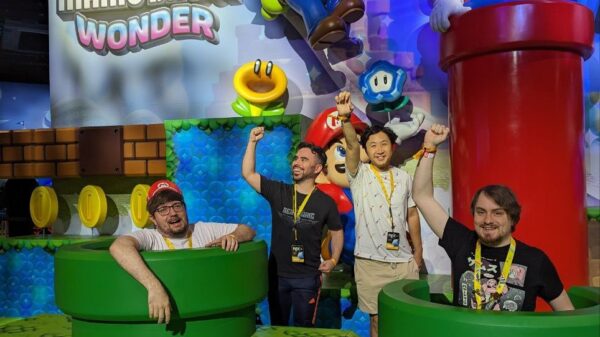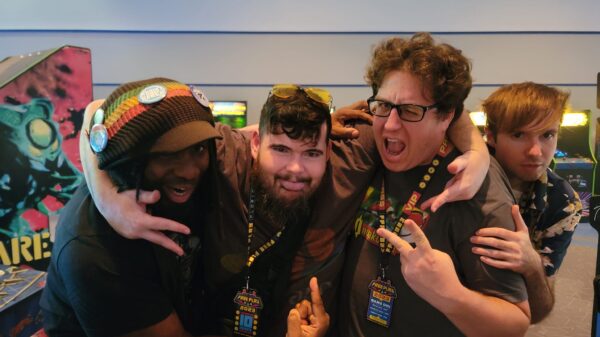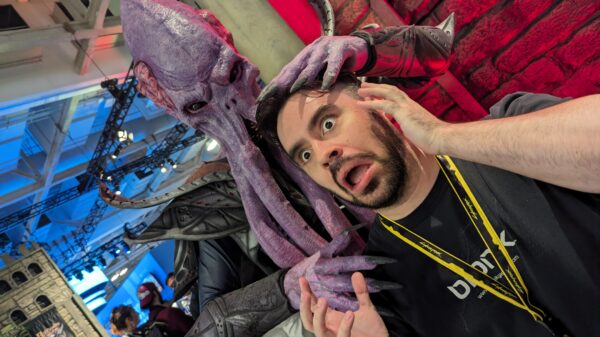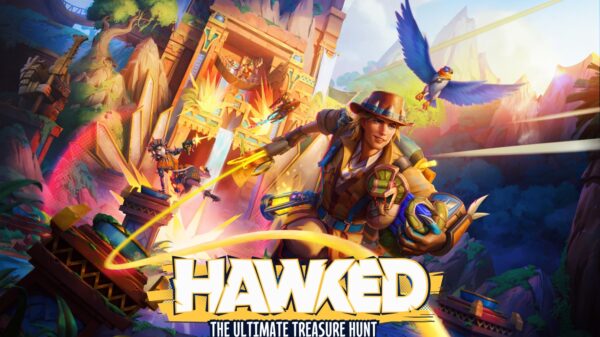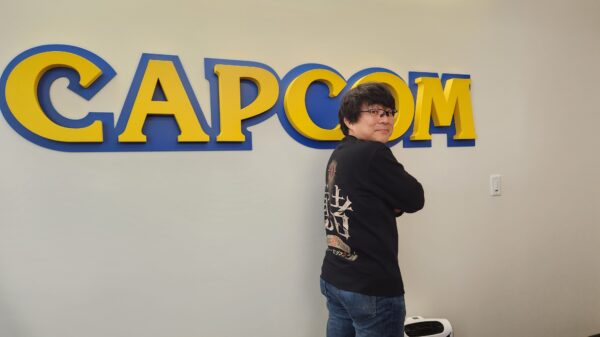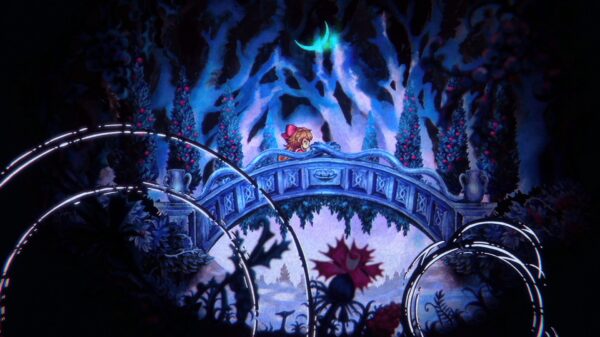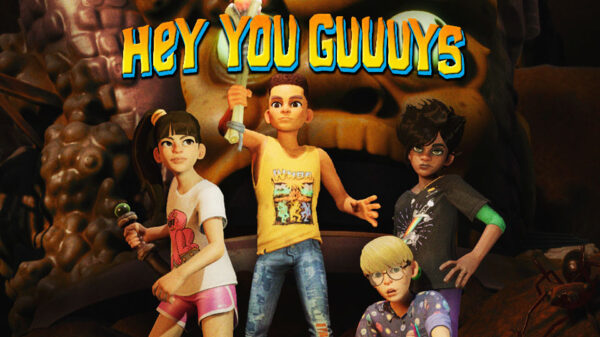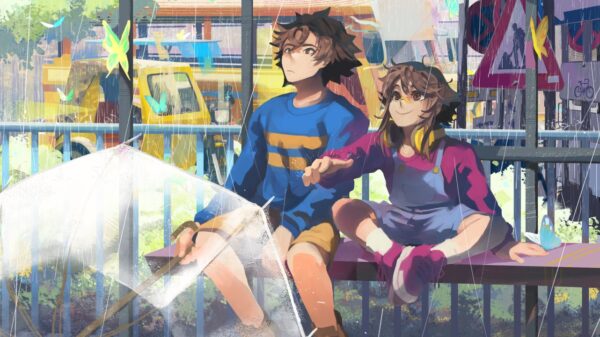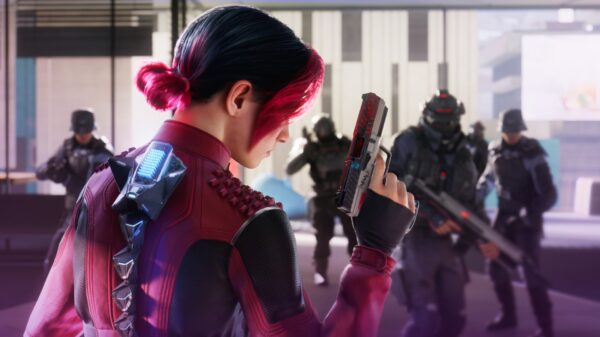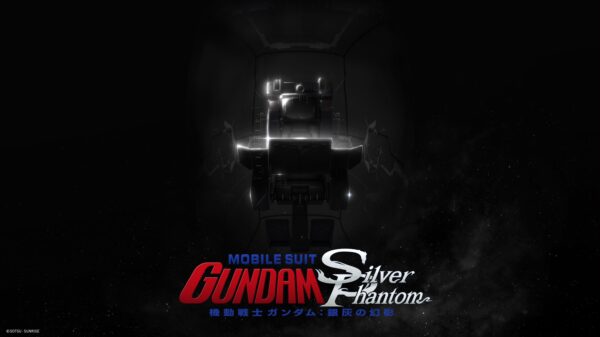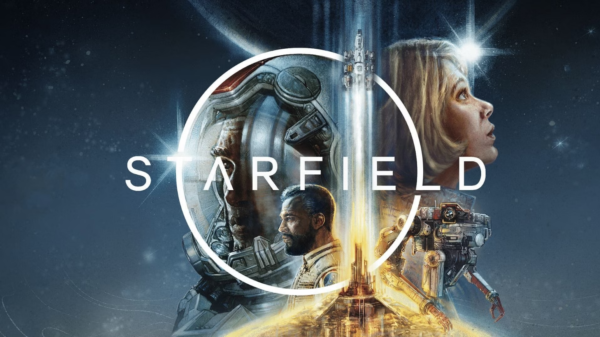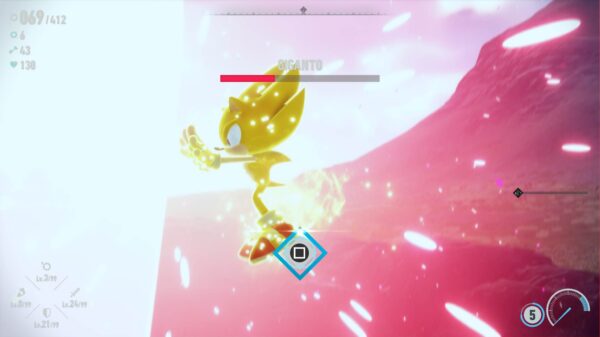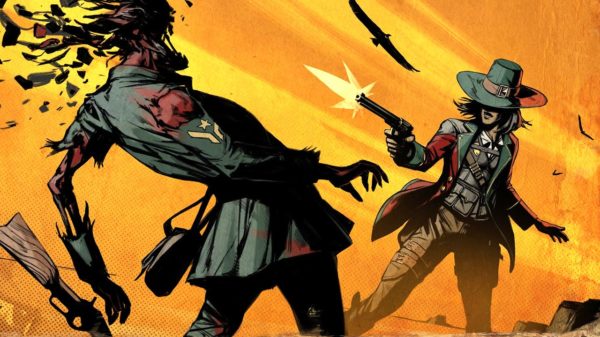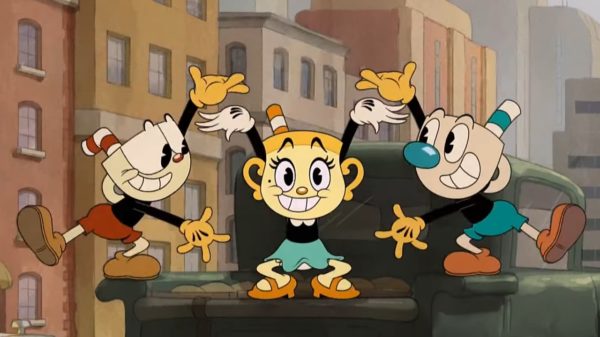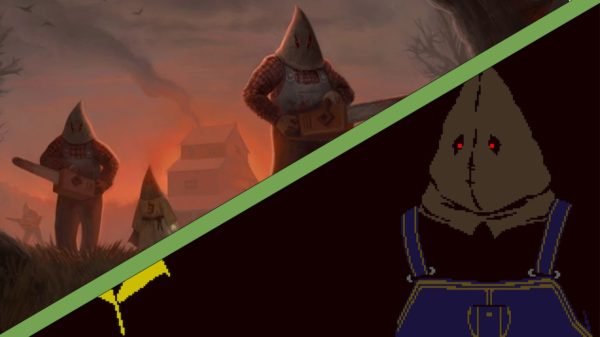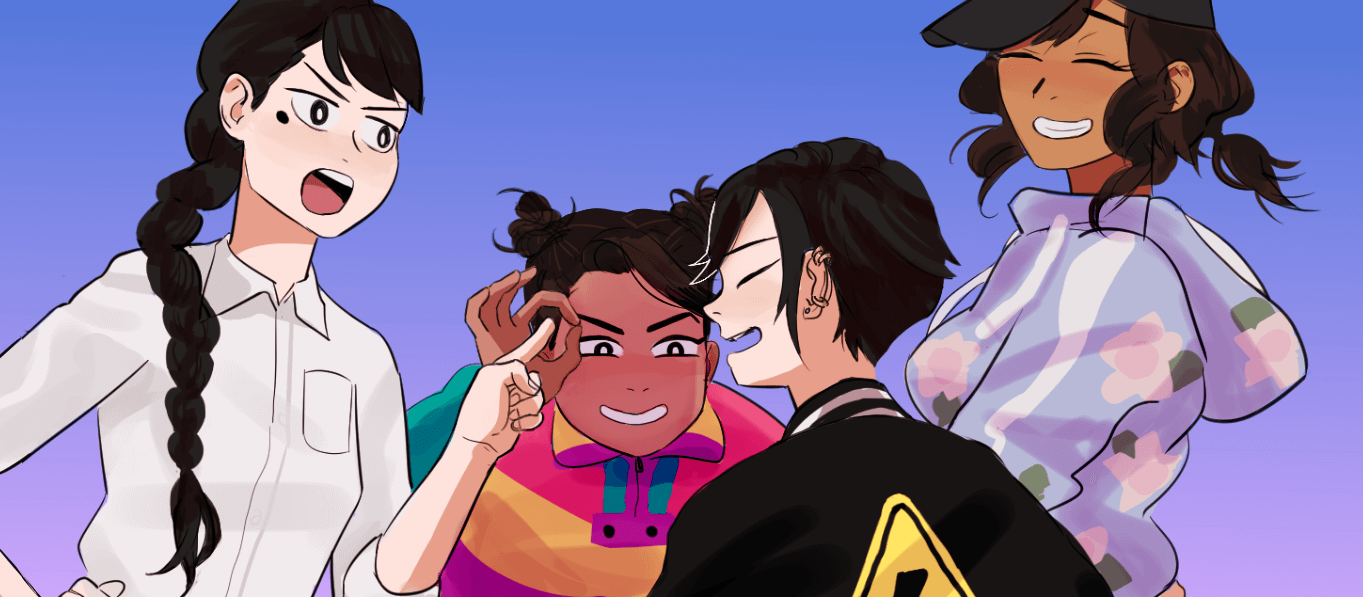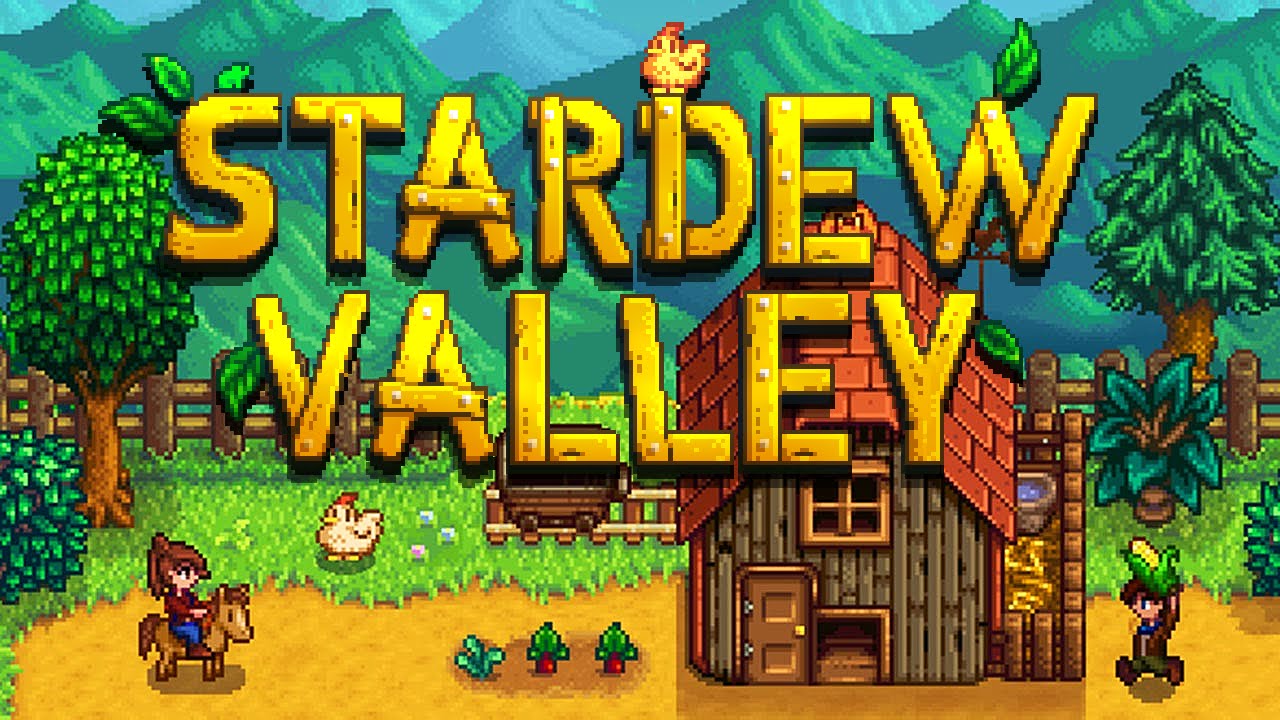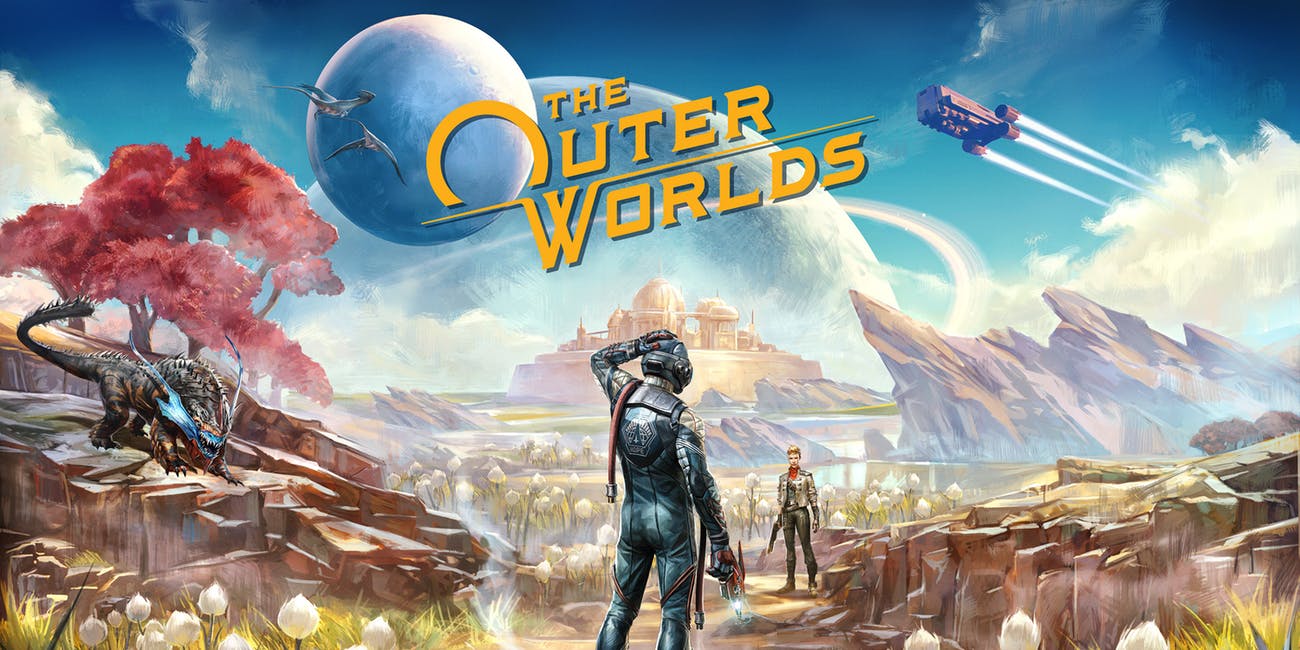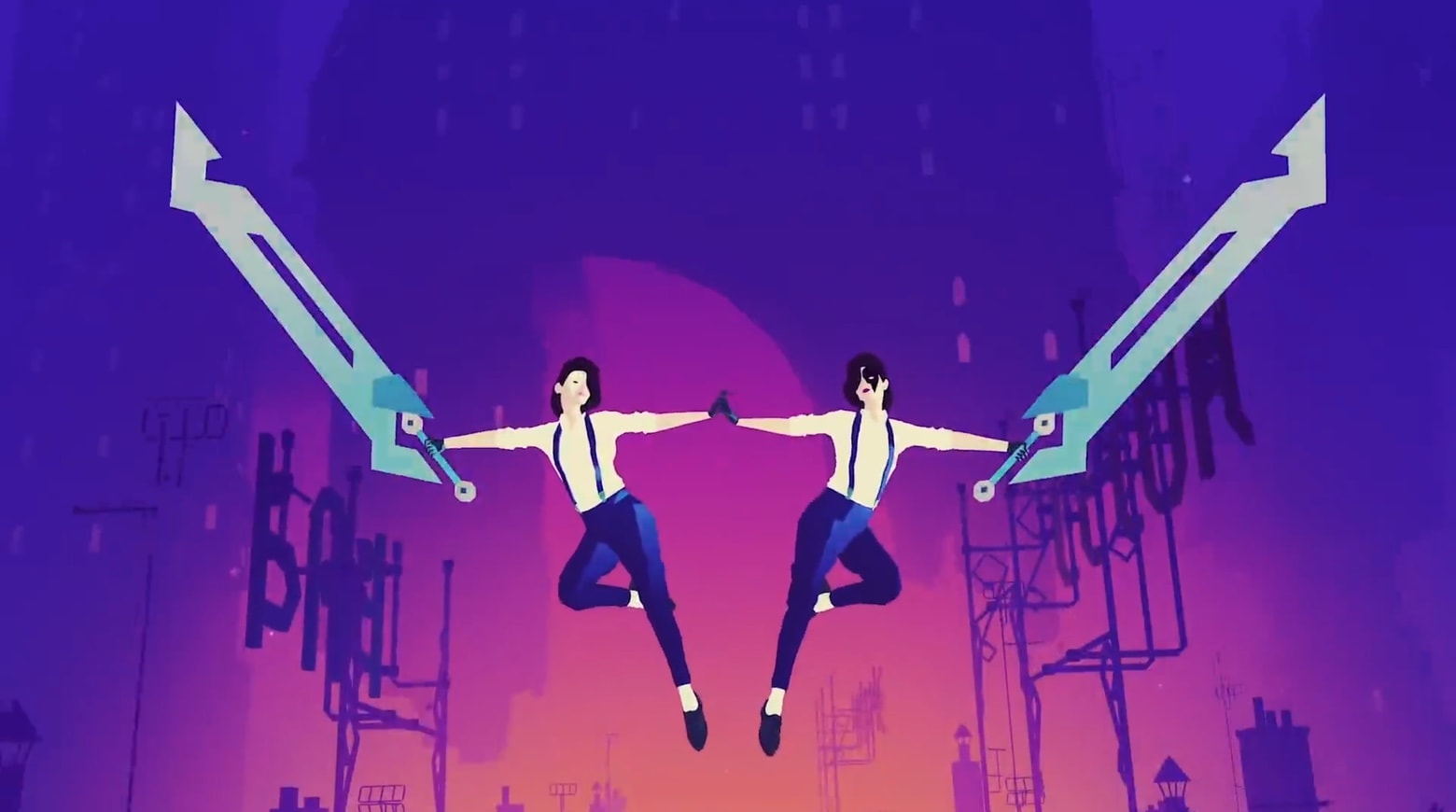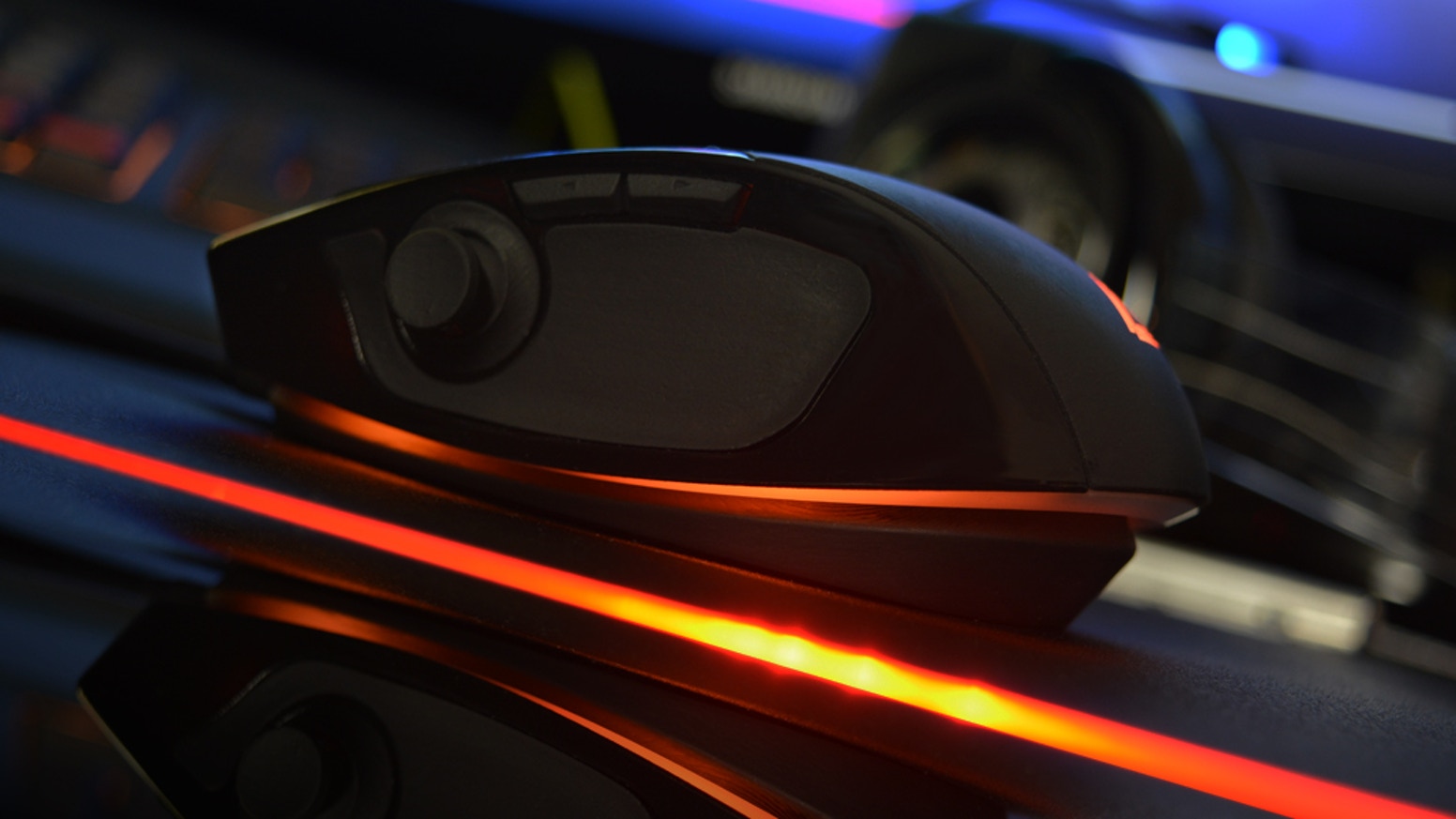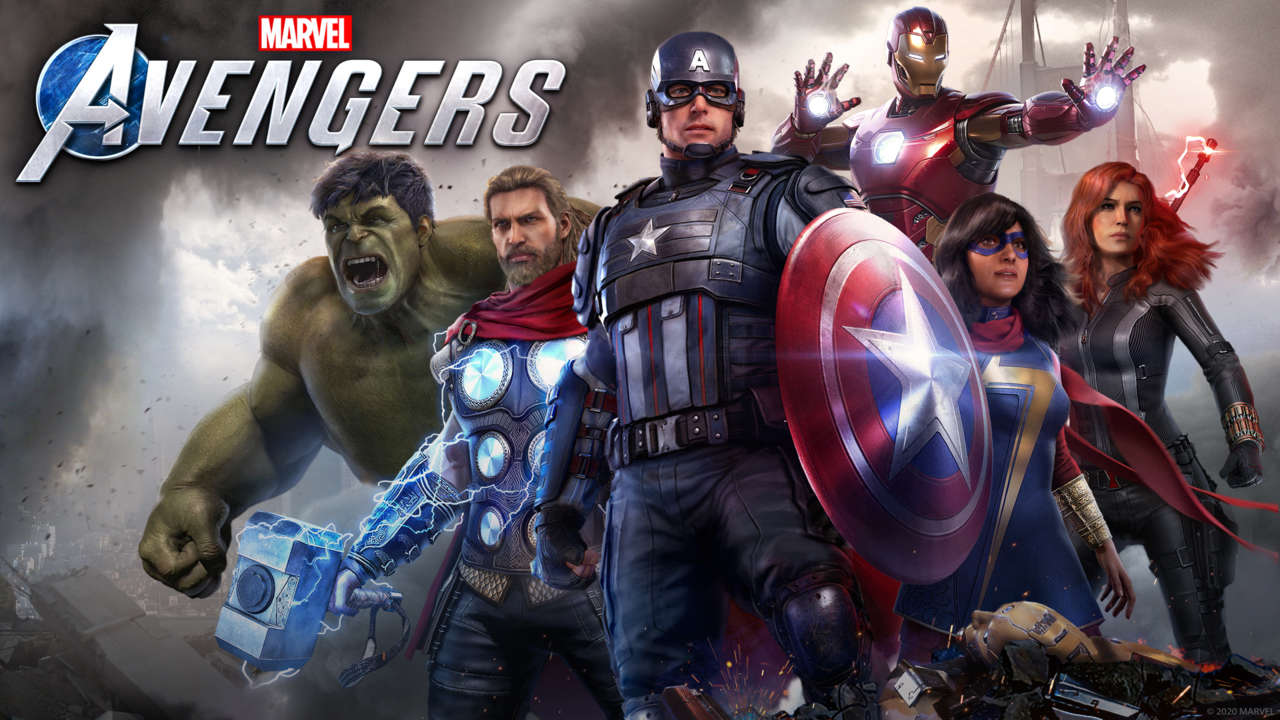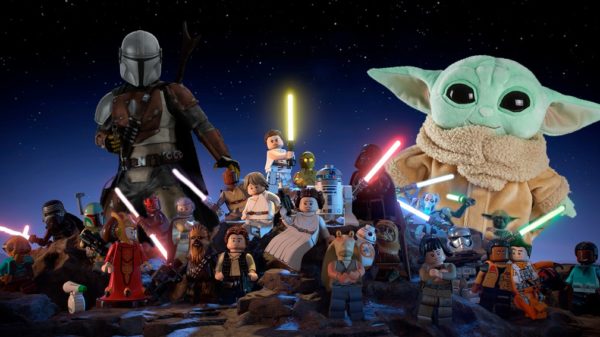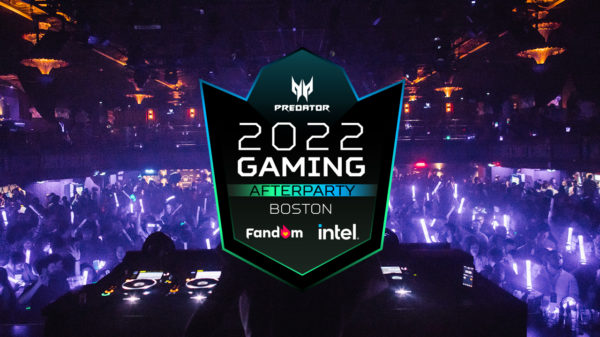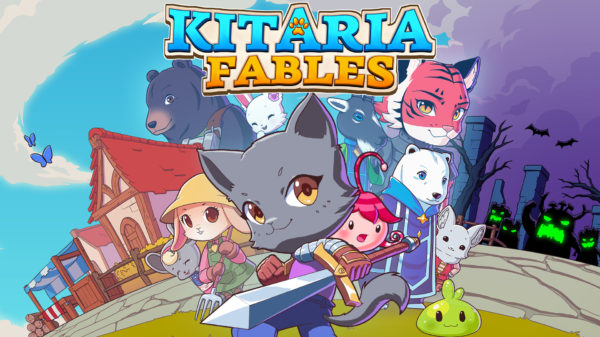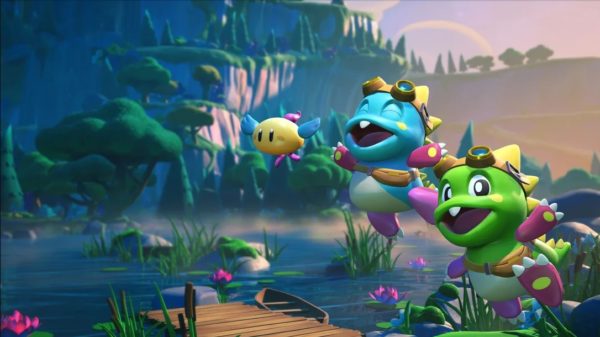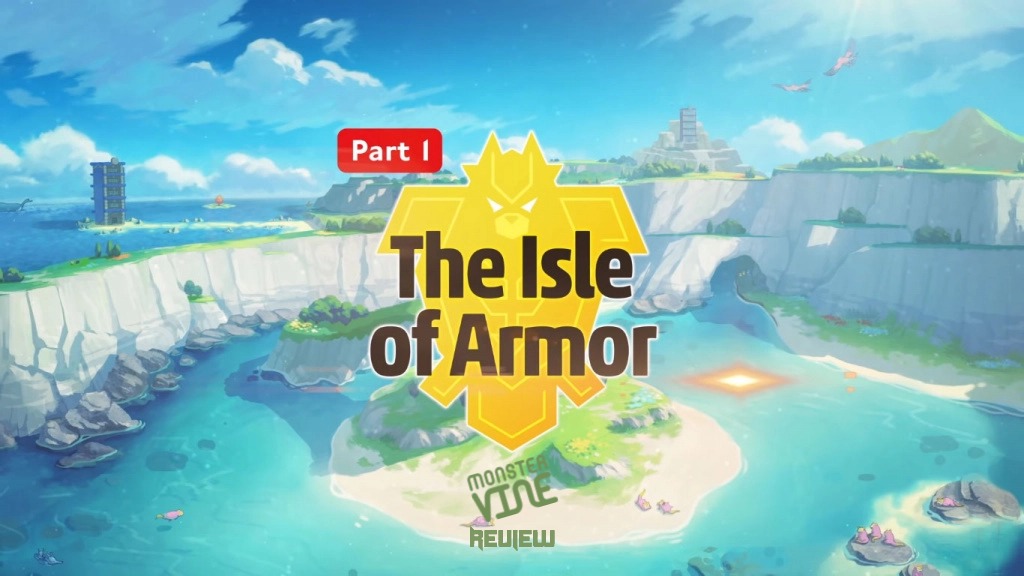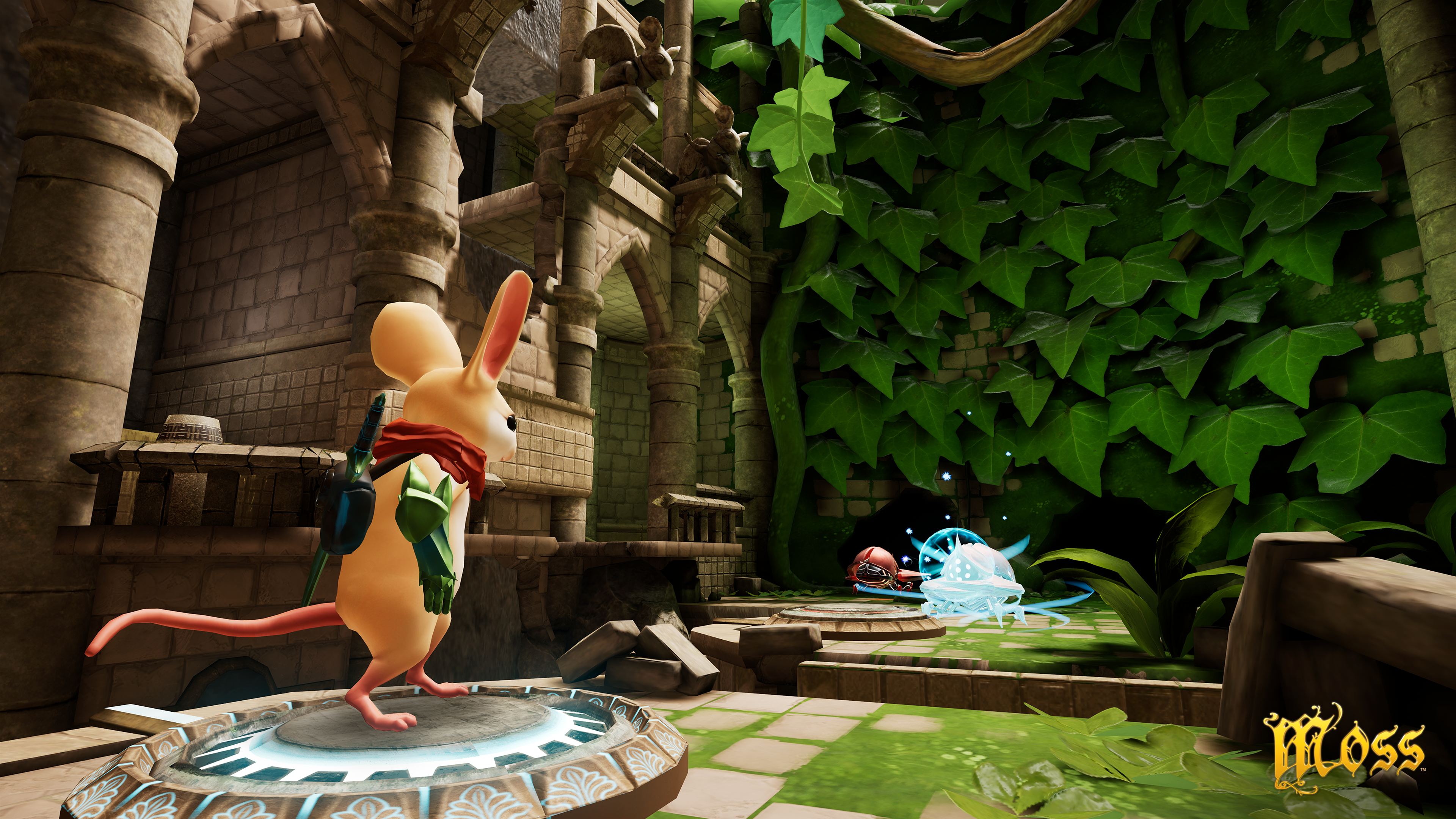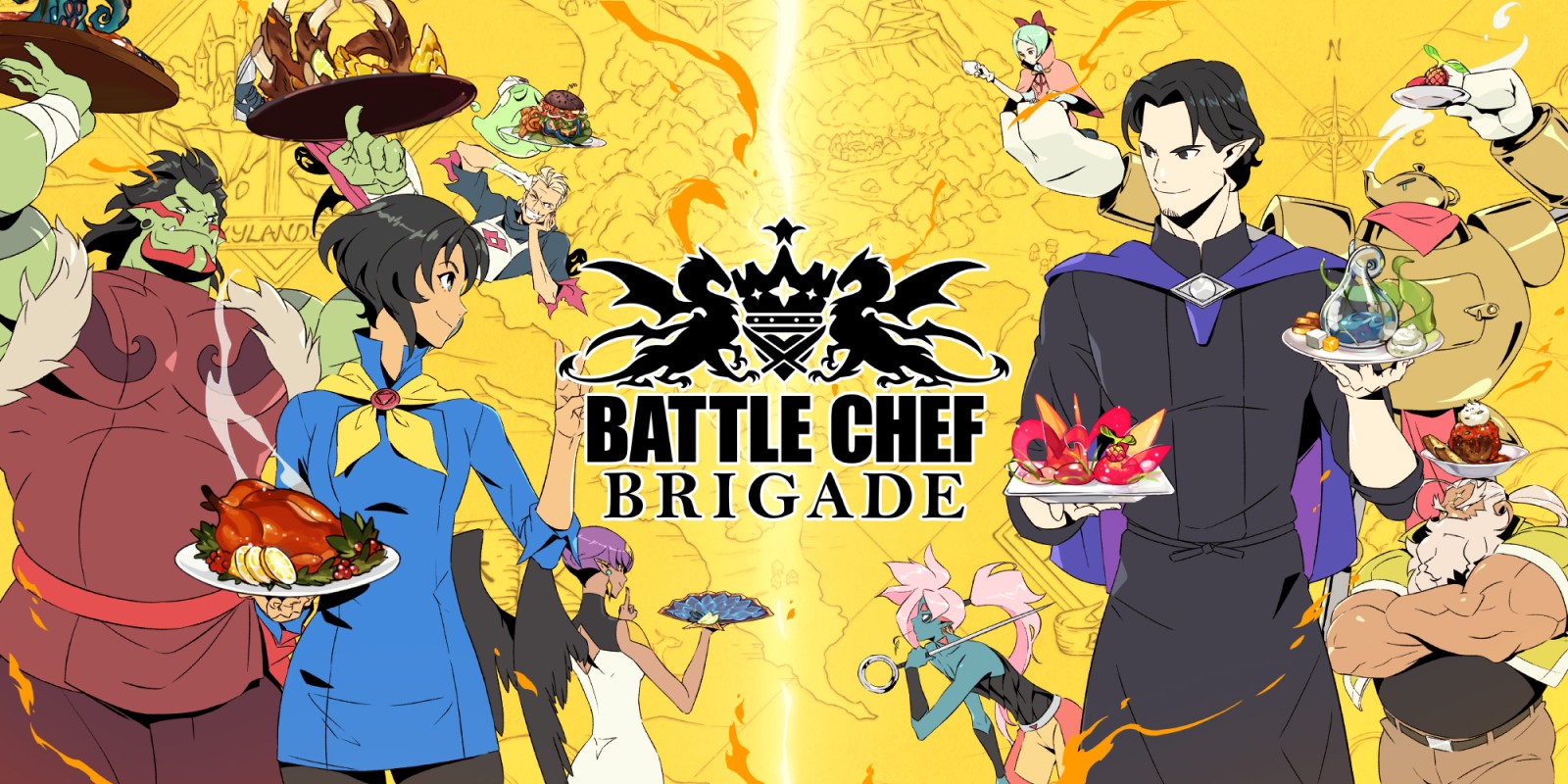Silent Hill Origins is the fifth installment in the Silent Hill series, while also being a prequel to the previous four games. It takes place seven years before the first Silent Hill, and is intended to explain the backstory of the mysterious town, and how it became the way it is.
Silent Hill Origins
Developer: Climax Group
Platform: PSP, PlayStation 2 (reviewed)
 PSP: November 6th, 2007; PS2: March 5th, 2008
PSP: November 6th, 2007; PS2: March 5th, 2008
 PSP: November 16th, 2007; PS2: May 15th, 2008
PSP: November 16th, 2007; PS2: May 15th, 2008
 PSP: December 6th, 2007
PSP: December 6th, 2007
It was the first Silent Hill title for the Playstation Portable and the last for the Playstation 2. It was developed by the American Climax Studios instead of Konami’s Team Silent. Origins originally had similar gameplay to that of Resident Evil 4, using the game’s over-the-shoulder camera angle and featuring more action. This was later changed, and the game’s gameplay remained the same as the first three Silent Hill episodes, pleasing all observers, who found the Resident Evil 4 style gameplay not scary enough.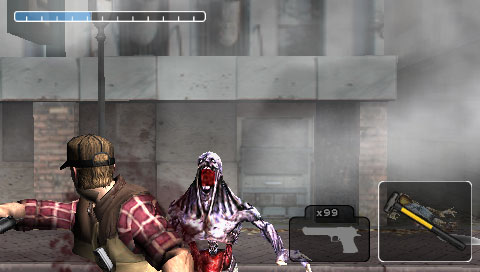
For newcomers, let’s take a brief look at what Silent Hill is all about. Silent Hill debuted in 1999 and gave gamers something they never quite experienced before. Unlike it’s most prominent rival, Resident Evil, Silent Hill took a different approach to the survival horror genre. Silent Hill was psychological horror. It didn’t rely on jump-out scares and lack of ammo (there wasn’t much, but it was a lot more than in Resident Evil) to make the player scared. Instead, Silent Hill created an atmosphere that was uncomfortable. Not only was it extremely gory, but the game also tried to confuse the player as much as possible. Many things didn’t make sense, and that confusion led to the player feeling as if everything was out of his control. Opposed to Resident Evil, where the player was still somewhat in control, and the world around him was realistic (except for the enemies of course), Silent Hill felt as if a normal person suddenly found himself in a hellish nightmare. The game was truly dark, in every sense in the word. Without a flashlight, you couldn’t see anything in the dark and the storyline was both great, original, dark and downright insane. The music only added to the experience, Akira Yamaoka’s soundtrack contained many tracks which were just random, unintelligible, and – most importantly – frightening noises. The game was a masterpiece, everything was well thought out. The gameplay, the areas to explore, the story…pretty much everything. It was one of the first games where you truly needed to think to understand the story completely, and even then, you might not have been right.
After that exposition, you’re probably asking: “Does Origins live up to that?” Well, read on and find out!
You play as Travis Grady, a lonely trucker with a troubled past. 
It is said so on the back of the game’s box, which is a small flaw, I think. Anyone who’s played a previous Silent Hill game (particularly Silent Hill 2) could easily realise his past would have some significance. It gave a bit away a little early, but at least the story was easier to understand.
Moving on, let me tell the basic story in hopes of making you interested. Travis arrives in Silent Hill while possibly delivering something to another town. He sees a figure stepping in front of his truck and collapsing, forcing Travis to quickly stop. He gets out of his vehicle to investigate, only to find no one there. He notices a girl’s face in his rear view mirror, which startles him, but as he turns around, he notices that no one is behind him. The girl then appears in front of him and runs off into the fog. Travis, wondering what’s going on, and wanting to know if the girl is alright, chases after her. He comes across a burning house and goes inside, rescuing a badly burned young child. Once outside, Travis loses consciousness, and wakes up in the center of Silent Hill. 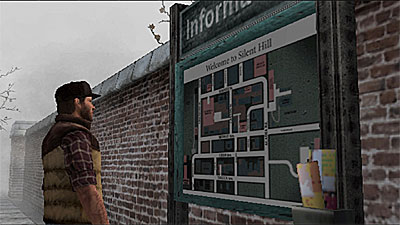 Wondering what happened to the child, he grabs a map from the information board near him, and heads off to the nearest hospital.
Wondering what happened to the child, he grabs a map from the information board near him, and heads off to the nearest hospital.
The story is like a mix between Silent Hill 1 and 2. It uses the same style of storytelling. We get most of the information from notes and cutscenes, but paying attention to the characters’ looks, mannerism and speech can also give away information of the story and the characters’ background. Reading between the lines and examining things from a symbolic perspective also reveals a lot of interesting facts. The game was meant to be a prequel, and it doesn’t disappoint: while at first we’ll find ourselves wondering how the game connects to Silent Hill 1, by the end of the game, everything will come together and become clear to us. Most of the NPC characters Travis meets also appear in Silent Hill 1, revealing more about them and how they are related to the mysterious events that happen in the town. Silent Hill Origins ends up being a good prequel, it connects well enough to Silent Hill 1, but also manages to keep Travis’ own story going, without either getting in the way of the other. It could explain a bit more about Silent Hill, what we get to know is satisfactory, however I felt a little disappointed that there wasn’t more to learn about the town. Also, Origins seems to rely on Silent Hill 2’s plot way too much. The plot of the two games are similar and follow a similar pattern of the protagonist going through a kind of self-discovery. The game even has a monster that has a similar role to Silent Hill 2’s Pyramid Head. In short, the story has originality, but it doesn’t dare to try new ideas and viewpoints, unlike Silent Hill 2 or Silent Hill 4. Still, the game, just like it’s predecessors is a master of interactive story telling, requiring the player to use his mind to “decipher” the true meaning of the plot.
Let’s take a look at the first thing we see once we hit New Game in the main menu, in other words, the graphics. The graphics in terms of quality are quite good, especially for the PSP. On the PS2, the character models were updated, but the graphics are not all that impressive. Still, even on the PS2, the graphics are comparable to previous Silent Hill games, so there isn’t a noticeable drop in quality. The flashlight effects look particularly good, better than in any previous Silent Hill title. As for the graphical style, I have to say, it’s perfect. Climax Studios managed to recreate Silent Hill perfectly in terms of graphics. The environment is just as dark, foggy and atmospheric as in any Silent Hill game, and while this isn’t that big of an achievement – darkness and fog are not hard to create – it still counts very much, because the atmosphere is a big part of the Silent Hill experience. Silent Hill’s trademark “static filter” or “noise filter” makes it’s return as well, smoothing the graphics and making the game darker. For those who don’t know, this is an effect similar to a TV emitting static, only transparent. 
Next up is the sound. The sound and particularly the music has played a major role in Silent Hill’s success as a franchise. Akira Yamaoka, the composer of the music has always delivered quality soundtracks for each game, and it’s no different in Origins. Akira Yamaoka, despite the change of developers, decided to create the soundtrack for this game as well and it shows. The music is just as good as any previous Silent Hill game. The game has atmospheric melodies, depressing songs, along with Silent Hill’s trademark feature: music that makes you feel scared. Origins’ soundtrack also has songs which are composed of random noises, gears turning, metal objects clashing, unidentifiable life forms making weird noises and many more similarly unsettling sound effects. These in conjunction with the believable voice acting and the realistic, quality sound effects (such as the lonely sound of steps taken on an old floorboard) add up to an immersive, and frightening experience.
The controls of the game are similar to those of Silent Hill 4. Travis is controlled with the analog stick, while the directional buttons are for quickly switching weapons. This feature was implemented due to the breakable nature of weapons. The game features fully 3D controls just like Silent Hill 4 instead of the tank-like controls of the first three games.  Also, unlike in Silent Hill 2 and 3, the player can’t switch between the fully 3D and the original control styles. Whether this is good or bad is a matter of preference, however the 3D controls do have problems when the player transfers from one fixed camera angle section to another. The controls can’t be altered either in any way. In every other aspect the controls and the button layout are basically the same as those in Silent Hill 3. The controls work quite well with the game, and the only problem I had, was the inability to move the camera. Unlike in Silent Hill 3 – where the camera could be moved to a certain extent when the camera angle wasn’t fixed – the only thing you can do with the camera is pan it behind Travis at the push of a button.
Also, unlike in Silent Hill 2 and 3, the player can’t switch between the fully 3D and the original control styles. Whether this is good or bad is a matter of preference, however the 3D controls do have problems when the player transfers from one fixed camera angle section to another. The controls can’t be altered either in any way. In every other aspect the controls and the button layout are basically the same as those in Silent Hill 3. The controls work quite well with the game, and the only problem I had, was the inability to move the camera. Unlike in Silent Hill 3 – where the camera could be moved to a certain extent when the camera angle wasn’t fixed – the only thing you can do with the camera is pan it behind Travis at the push of a button.
The game, unlike it’s predecessors, doesn’t offer any difficulty levels. However, there is nothing to be afraid of in this case. The difficulty is very well balanced. It’s isn’t too easy, but it isn’t too hard either. What it is, is challenging. It requires the player to pay attention to the game, building suspense in the process. At the same time, it doesn’t become frustrating or unfair. As long as the player pays attention, and does what he’s supposed to do he’ll be fine. He won’t become overly confident, but he’ll manage to get through the game. Climax Studios was kind enough to put a “tips” section into the game for newcomers and those who are not familiar with the new functions. A nice gesture, not an interactive way of explaining things, but it’s actually better that way as it doesn’t get in the way of the game. Silent Hill just isn’t one of those games where in-game tutorials would work, in any form. These aspects, combined with the controls make the game perfectly playable. The game is easy to control, while also being perfect in terms of difficulty. There really isn’t anything that would make the player give up playing the game. Apart from the occasional control troubles with the 3D controls in areas with fixed camera angles, the player won’t face any problems with controlling Travis. Thanks to the balanced difficulty, the player won’t find himself getting bored or overly frustrated either.
The lenght of the game is not too bad. One playthrough is generally 5-10 hours long, which is good enough for the genre, and luckily the developers put in a decent number unlockable things as well. As in any Silent Hill game, there are multiple endings to achieve, depending on how many enemies Travis kills. Mimicking Silent Hill 3’s system the game has a good and a bad ending, with Travis having to kill a lot of enemies to achieve the bad ending. There is also a traditional UFO ending, which can only be obtained after the player beats the game once. 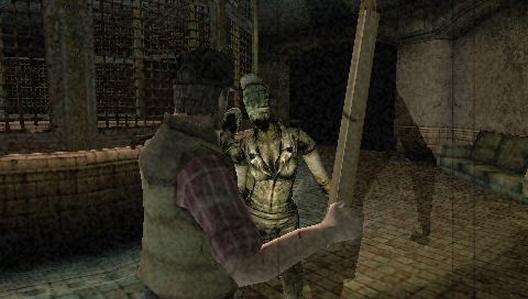 There are unlockable extra options just like in previous games, allowing alteration of blood color and other small gameplay related things. Climax Studios also included the new accolades system. Accolades are basically achievements, if the player meets certain conditions, he’ll receive the accolade along with a new costume. Some accolades also give Travis new weapons.
There are unlockable extra options just like in previous games, allowing alteration of blood color and other small gameplay related things. Climax Studios also included the new accolades system. Accolades are basically achievements, if the player meets certain conditions, he’ll receive the accolade along with a new costume. Some accolades also give Travis new weapons.
I think it’s time to delve deeper into the game. The gameplay for one returns to the roots of the series. As we know, Silent Hill 4 was a departure from the classic gameplay and turned out worse than the previous game partly because of it. Origins returns to the roots, and plays very similarly to the first two Silent Hill titles. The town itself is once again explorable to a greater extent (unlike in Silent Hill 3 and 4) and most of the areas Travis explores haven’t been seen before in previous games. This also contradicts the original Silent Hill’s layout as the Origins-exclusive “business district” never existed in Silent Hill 1, but not to the extent where it’s unacceptable. As Travis, we’ll get to visit four major areas not counting the town itself. These are three new places: a sanitarium, a theater and a motel. The fourth establishment we’ll get to visit is Alchemilla Hospital, which also appeared in Silent Hill 1. By adding this area, Climax Studios is keeping with the tradition of the series: every Silent Hill game so far had a hospital to explore.
The essence of Origins is the same as the previous Silent Hill games. You play in third-person perspective, with occasional areas that feature fixed camera angles. This sometimes conflicts with the 3D control system, e.g. you are pressing up to go forward, but then the camera switches to show Travis from the front and you need to start pressing down to move, despite going in the same direction. Ironically, the tank-like control system many people put down would’ve been perfect for these areas. The main goal of the game is to survive the bizarre events and find out who or what is behind the strange happenings in the town. 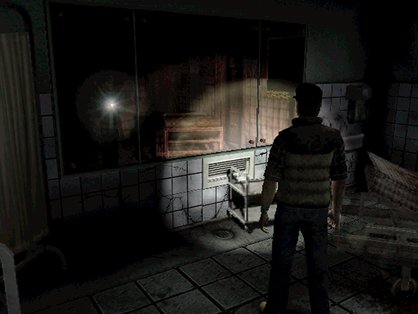
Silent Hill Origins features the same gameplay elements as the first three Silent Hill games. You go around the town and some bigger buildings, collecting information and maps, solving puzzles and riddles and fighting or running from monsters as needed. You collect various key items, weapons and healing items as you go, which are the key to your survival, thus it is a good idea to pick up everything you can. Ammo and healing items – as expected from a survival horror game – are scarce and should be saved up as much as possible. A big difference from previous games is the inclusion of a large amount of melee weapons. Origins features all kinds of melee “weapons”: knives, swords, TVs, wooden planks to name a few. All of these are breakable, in fact some of them are actually one hit weapons (mostly heavier objects, e.g. TVs, toasters), which often deal more damage than normal weapons.
As usual, the game doesn’t feature any heads-up display or minimap on the screen. The only function similar to these is the screen’s edges throbbing red when Travis is low on health. The game is extremely dark, in fact Travis can hardly see anything indoors. The traditional flashlight is used to compensate for this. It’s beam is weak, only illuminating a few feet, which helps the player, but still keeps the game scary. Because of the weakness of the flashlight, the player will have to keep paying attention to the game and the enemies sounds if he doesn’t want to be surprised. Another traditional item, the radio is used to keep the player informed of enemies being nearby – when it emits static (and it doesn’t emit anything else) a monster is nearby. This may seem unnecessary, and while I do think it might sound like it’s some kind of radar that ruins the fear, it’s not. It doesn’t give away the enemy’s position, and when you hear it’s sound, you’ll without a doubt equip a weapon immediately and begin to walk slowly across the room searching for the beast, hoping to find him before it finds you. Then when you least expect it, it will come up from behind you and make you desperately press the attack buttons to kill him before he kills you. Pretty soon, you’ll be out of ammo and it will be down on the ground, and as your heartbeat returns to normal, you breath a sigh of relief…only to notice the static sound still emitting because it’s still alive! You’ll quickly press the attack button to finish it off on the ground, and hope you won’t run into any more of them in the current room.
Speaking of shooting, let’s take a look at the combat system. It’s a bit different from previous games. As I’ve said before, Travis will find a lot of melee weapons scattered around. These will all break once they reach their limit, with some weapons being one-shot weapons. The firearms are a different story, as Travis can use them as long as he has ammo. The game has a “grapple system” which is basically Origins’ variant of the currently popular Quick Time Events. Some monsters will grapple onto Travis, and if the player can successfully input the displayed button combination, Travis can avoid taking damage.
The only big flaw I found with the gameplay is the mirror world system. As in all previous Silent Hill games, Silent Hill’s town has two variants: a normal world, where everything is fairly normal, (except for the appearance of the monsters and the fog) and the hellish “Otherworld”. In Origins, Travis can shift between these worlds by touching mirrors. This adds a new twist to the puzzles, with the player being required to shift between worlds to solve puzzles and get past obstacles. Since the two worlds are related, everything that happens in one of them also happens in the other. 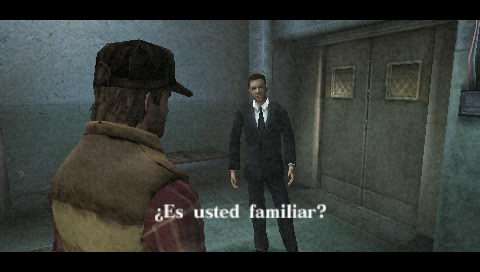 This means sometimes Travis will have to do something in the Otherworld to gain access to an item in the normal world. This works very well, and doesn’t obstruct the gameplay with needless backtracking thanks to the clever placement of mirrors and even fits with the story, but at the same time, takes away some of the fear factor. Being able to freely enter the Otherworld is not as scary as suddenly being engulfed in it, and unlike previous games, it doesn’t feel like the town itself is an enemy, playing mercilessly with our unlucky hero’s life. Still, this can be forgiven, because it works so well.
This means sometimes Travis will have to do something in the Otherworld to gain access to an item in the normal world. This works very well, and doesn’t obstruct the gameplay with needless backtracking thanks to the clever placement of mirrors and even fits with the story, but at the same time, takes away some of the fear factor. Being able to freely enter the Otherworld is not as scary as suddenly being engulfed in it, and unlike previous games, it doesn’t feel like the town itself is an enemy, playing mercilessly with our unlucky hero’s life. Still, this can be forgiven, because it works so well.
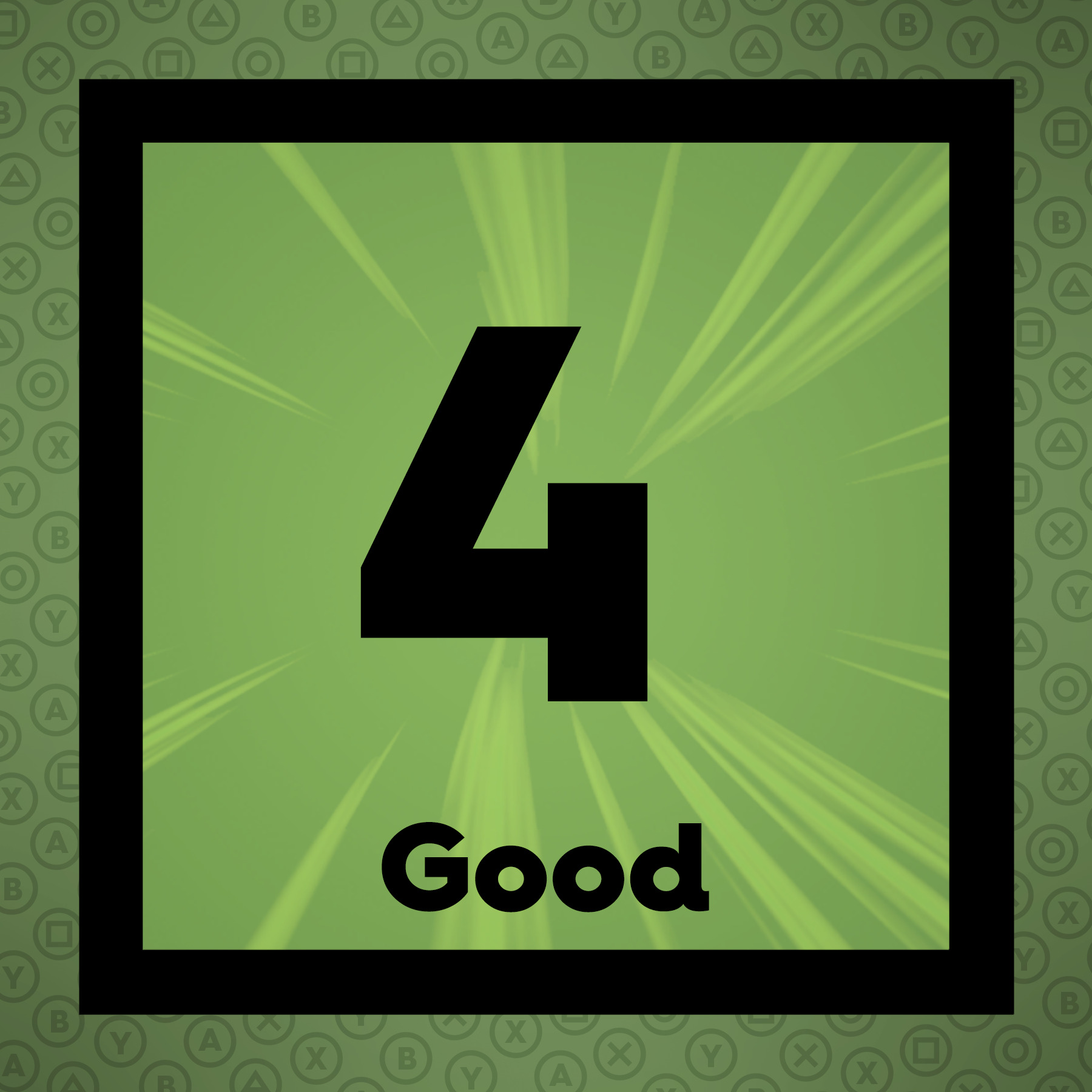 The Final Word
The Final Word
Overall, Silent Hill Origins may not be a masterpiece – or a game that will be remembered as a classic, but what it does, it does good. The game isn’t as original and memorable as the first two games in the series, but it still manages to recreate the same atmosphere and gameplay, as well as deliver the same chilling experience as it’s predecessors. It’s nostalgic, with some new elements added – and is ultimately a title worth playing for Silent Hill and survival horror fans alike.
– MonsterVine Rating: 4 out of 5 – Good

